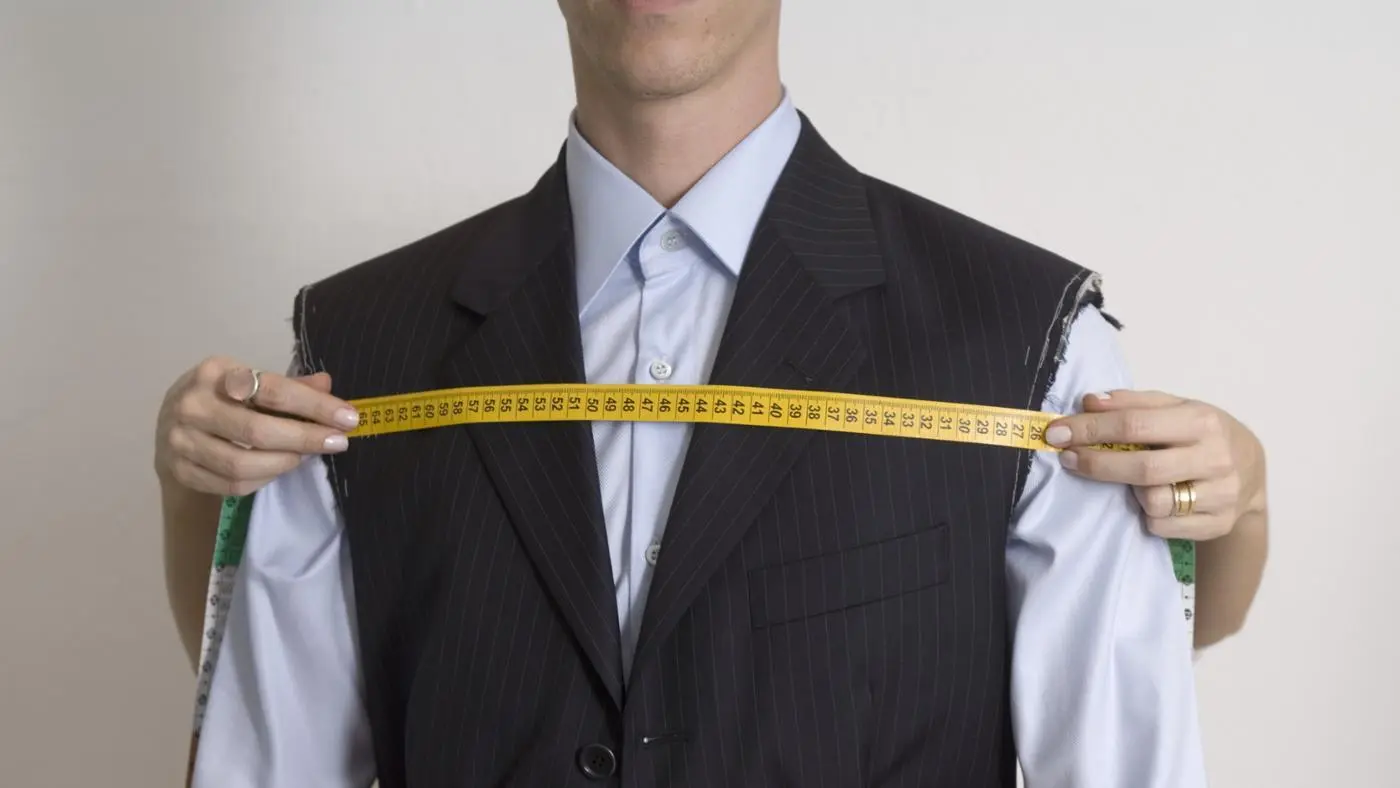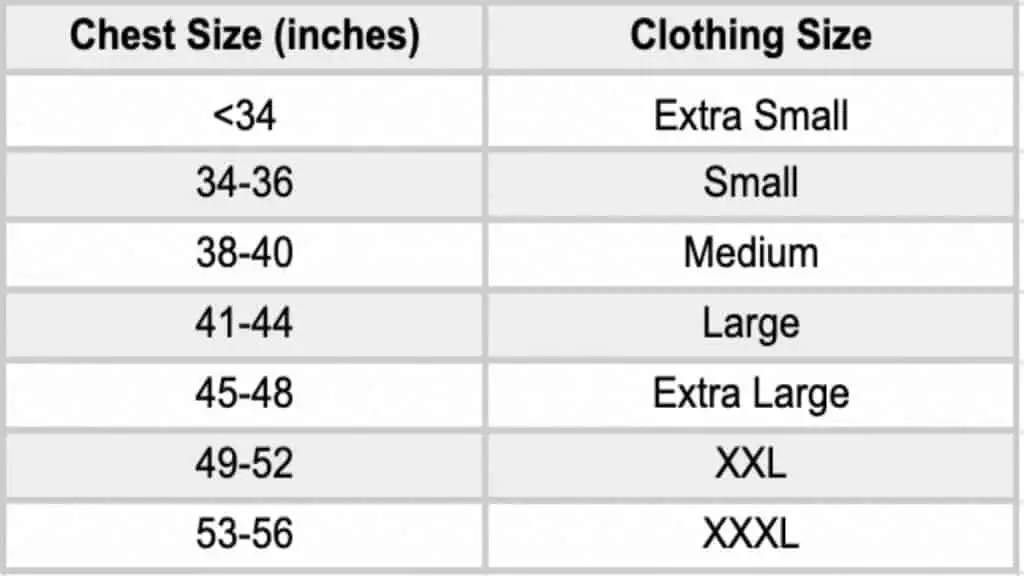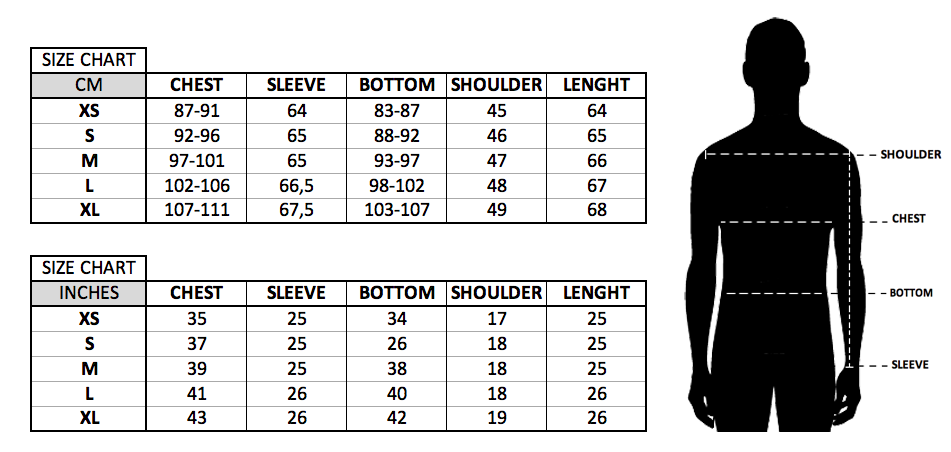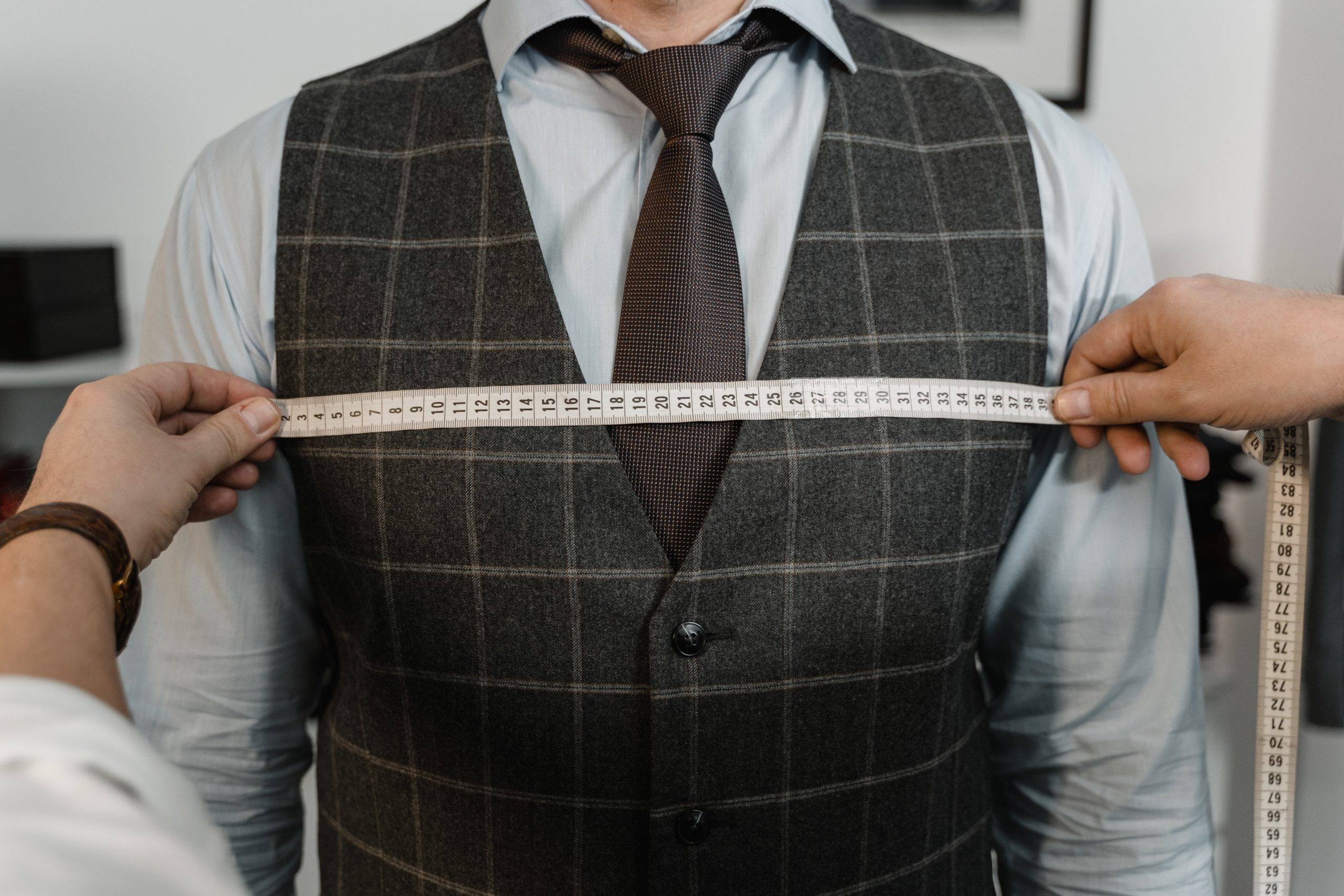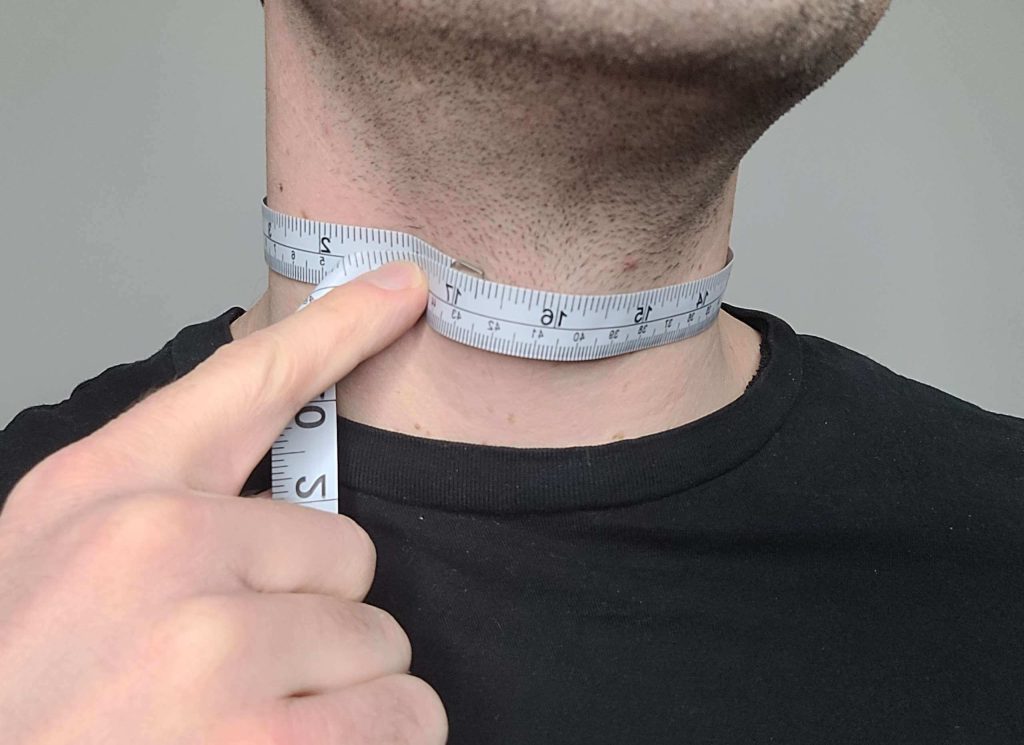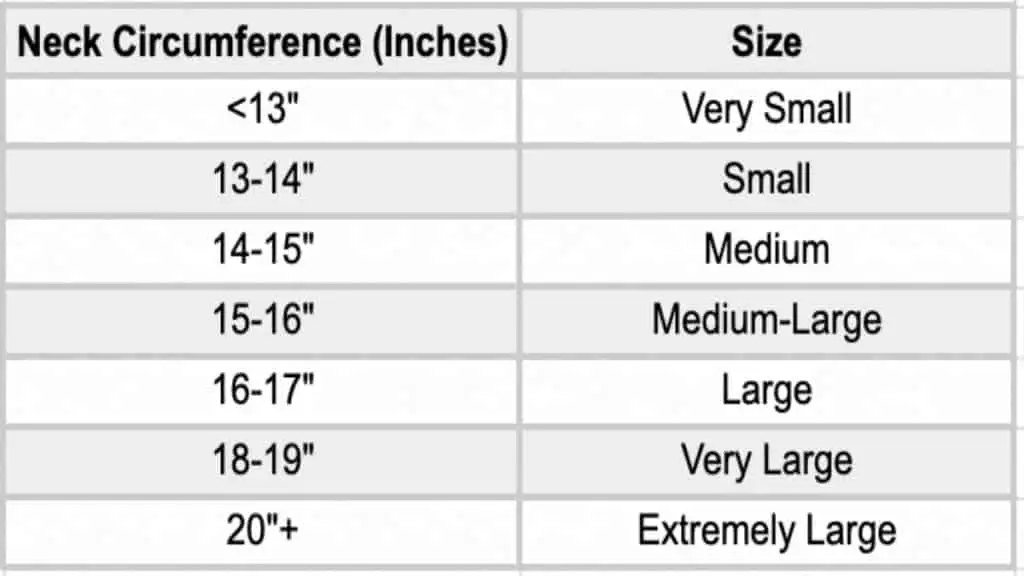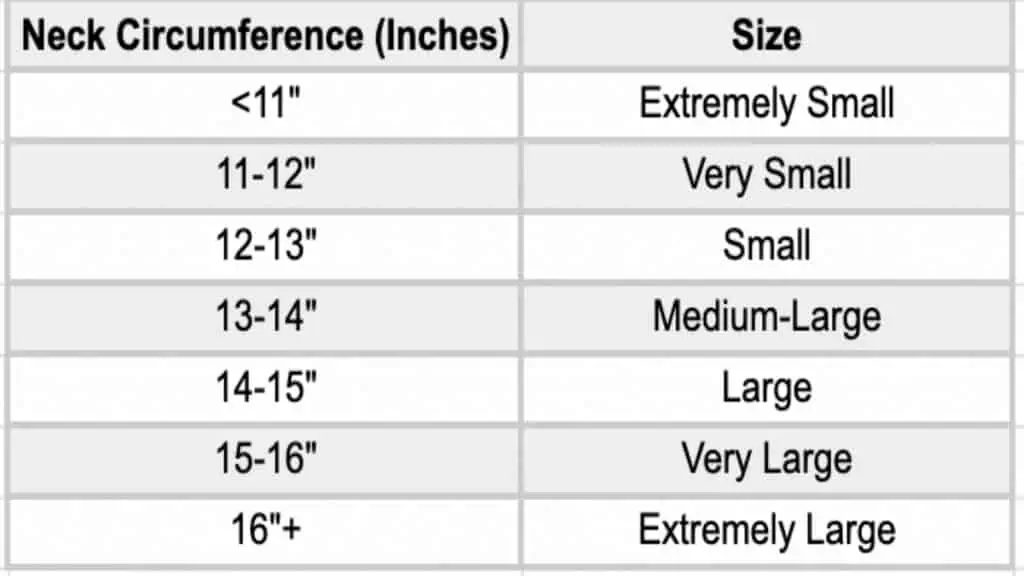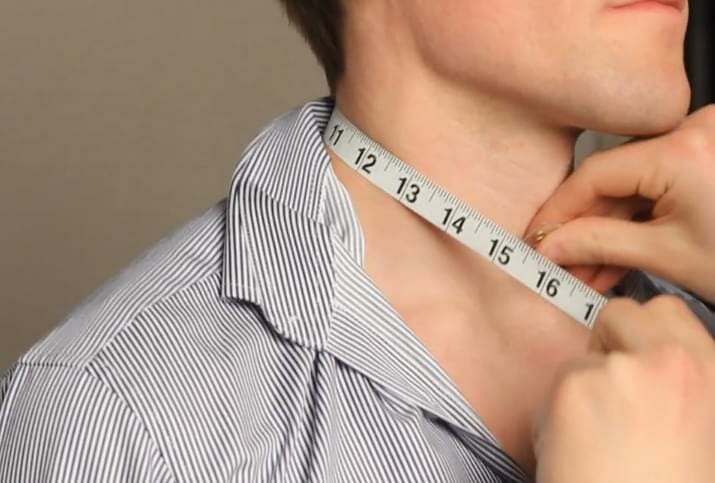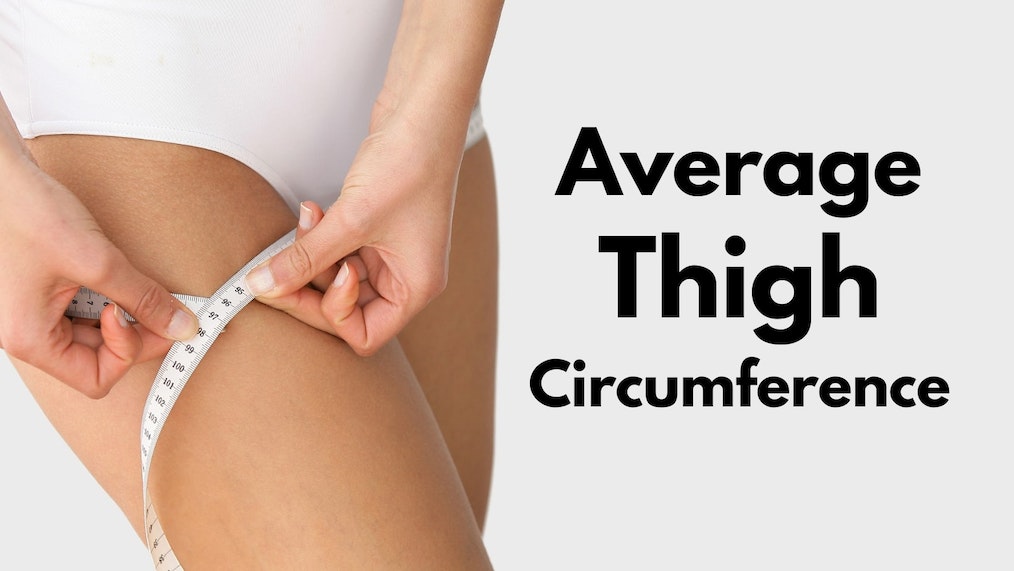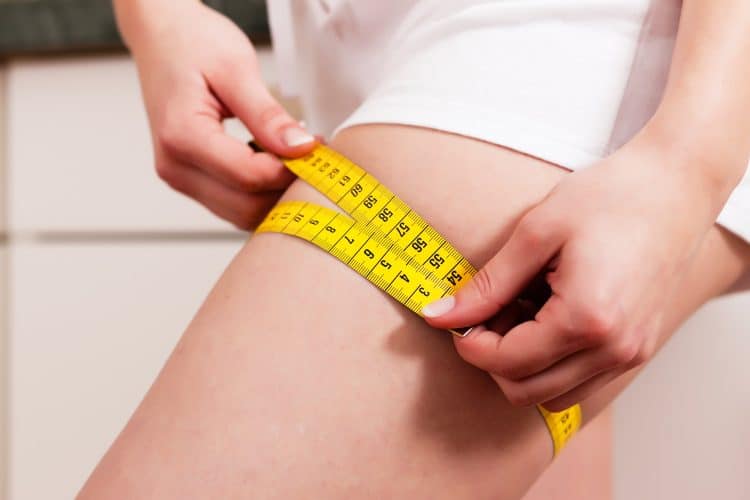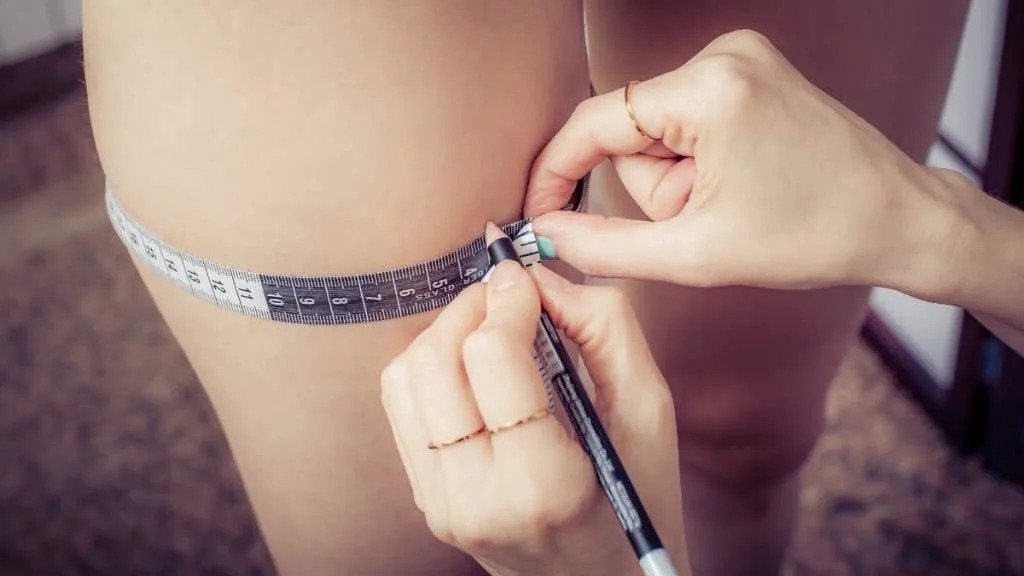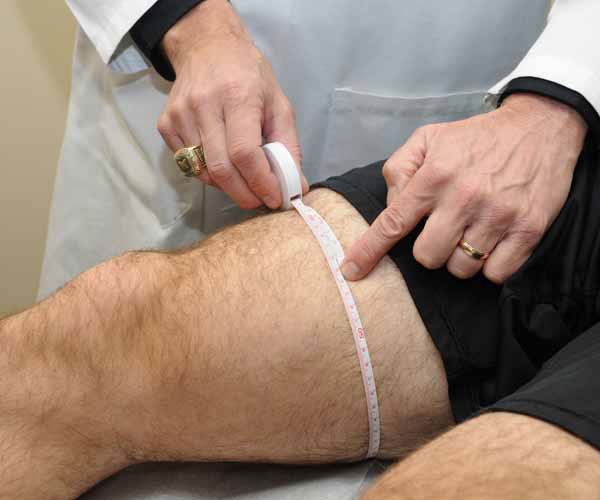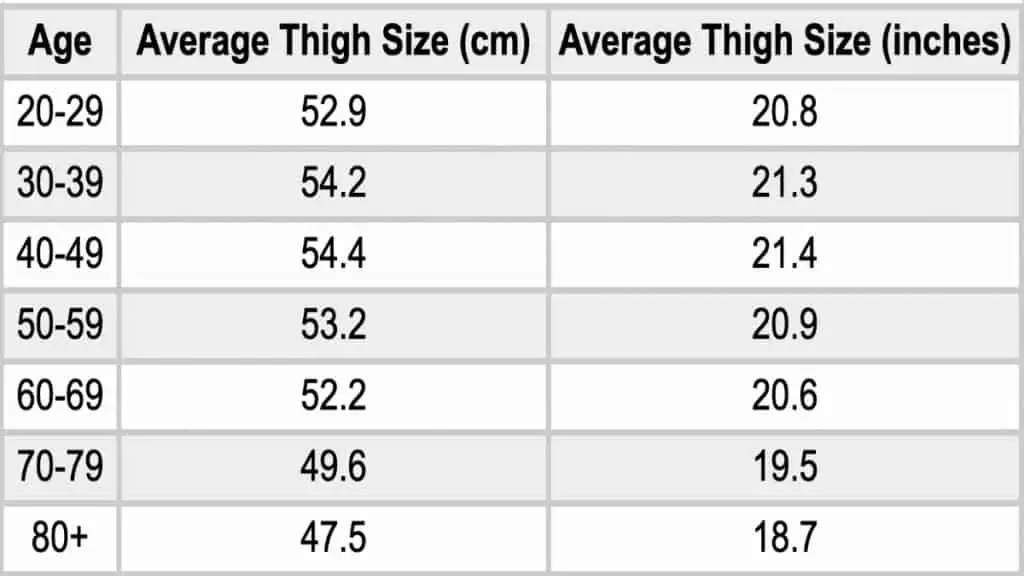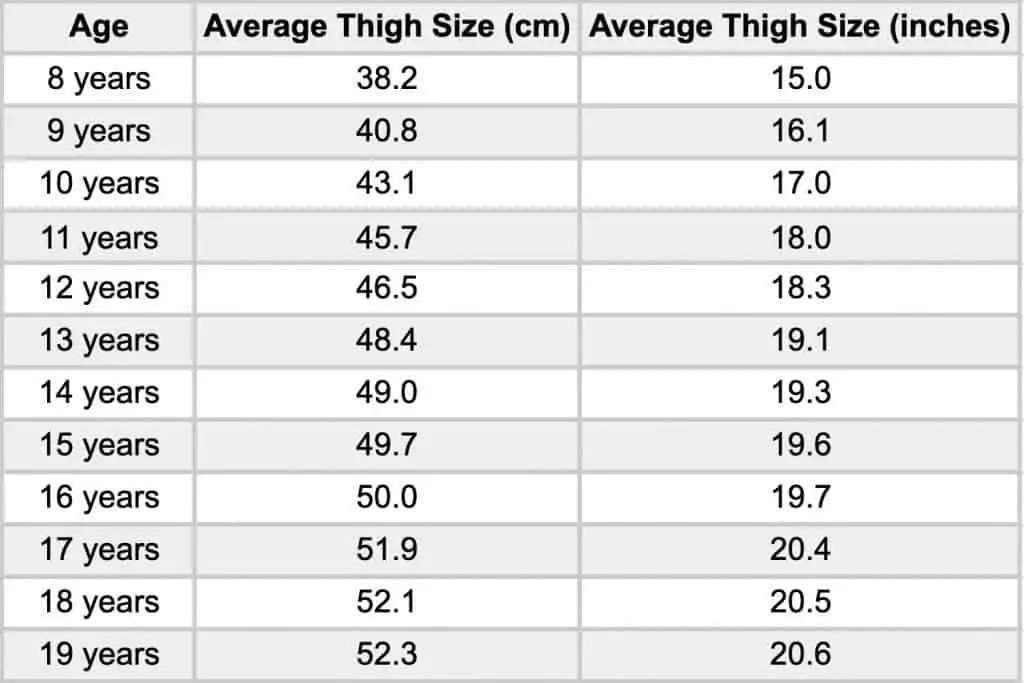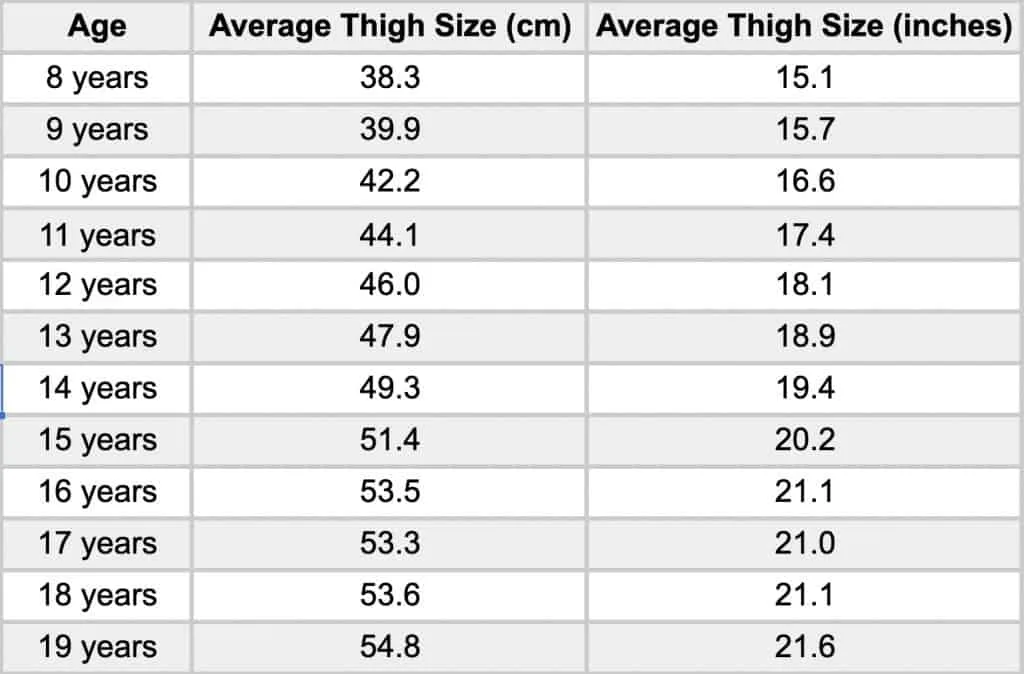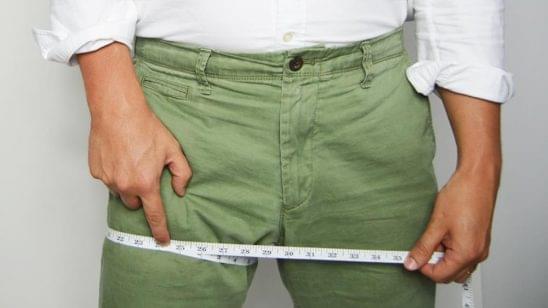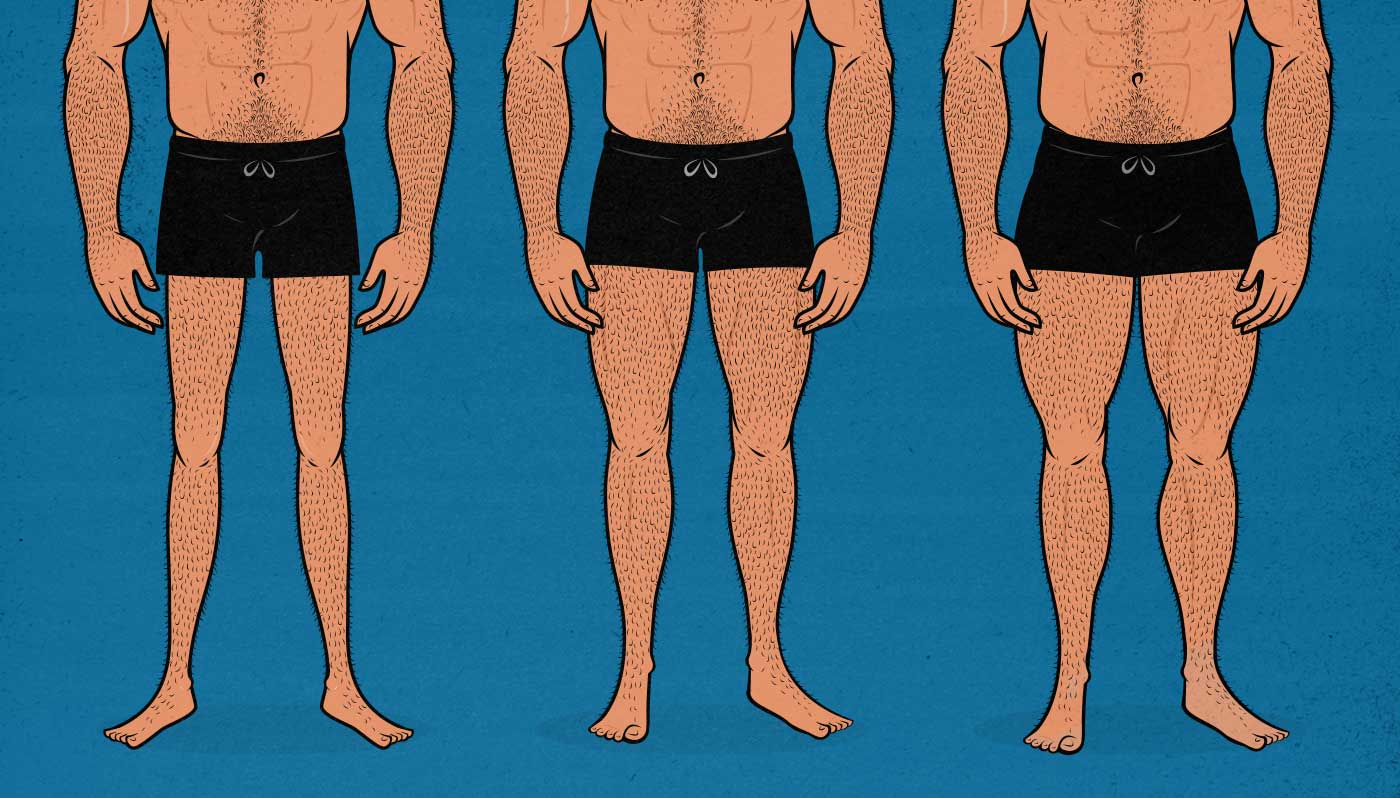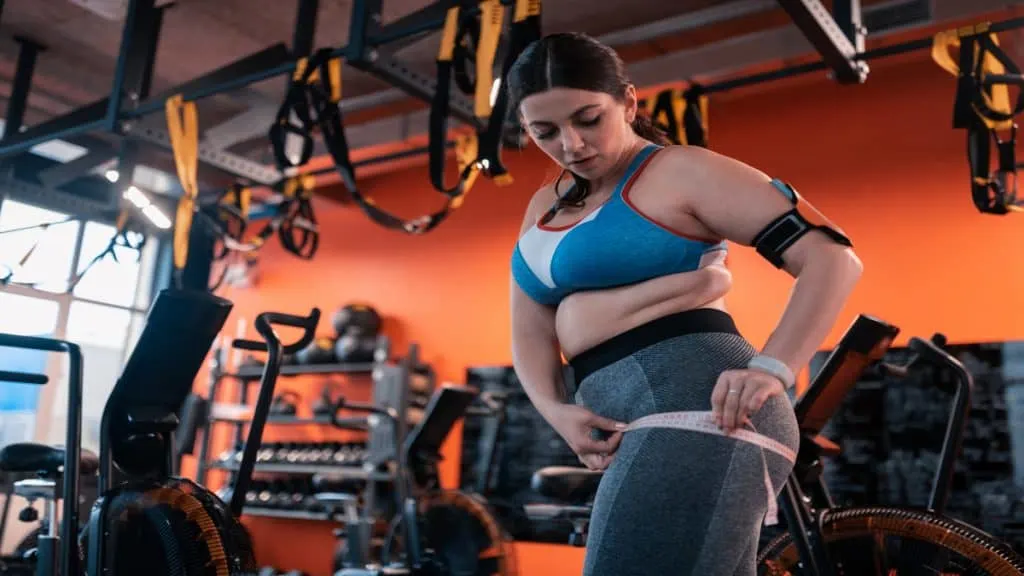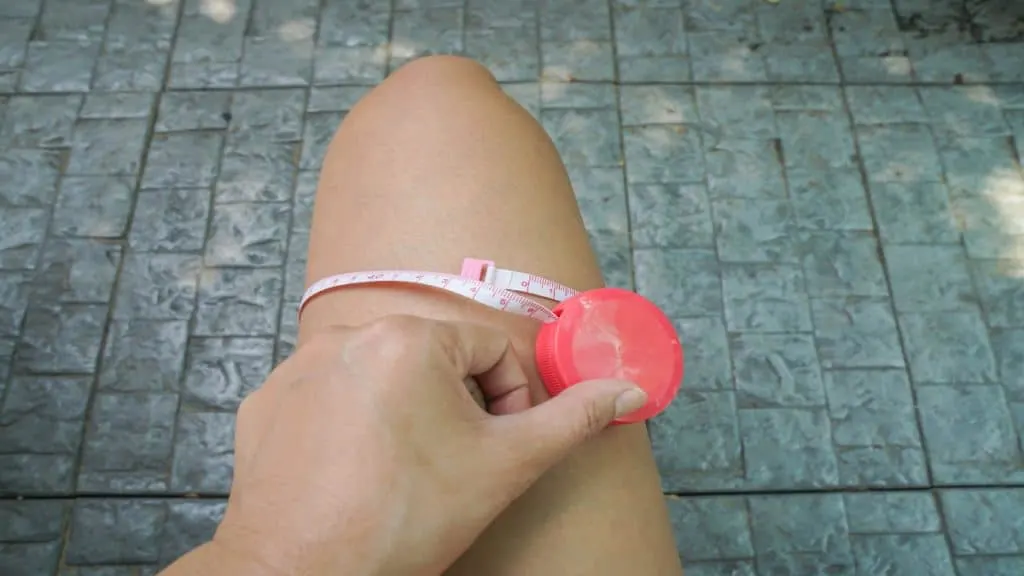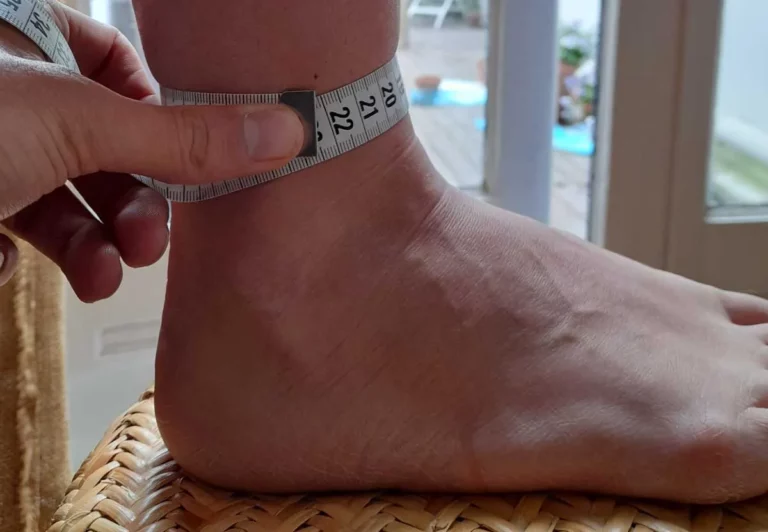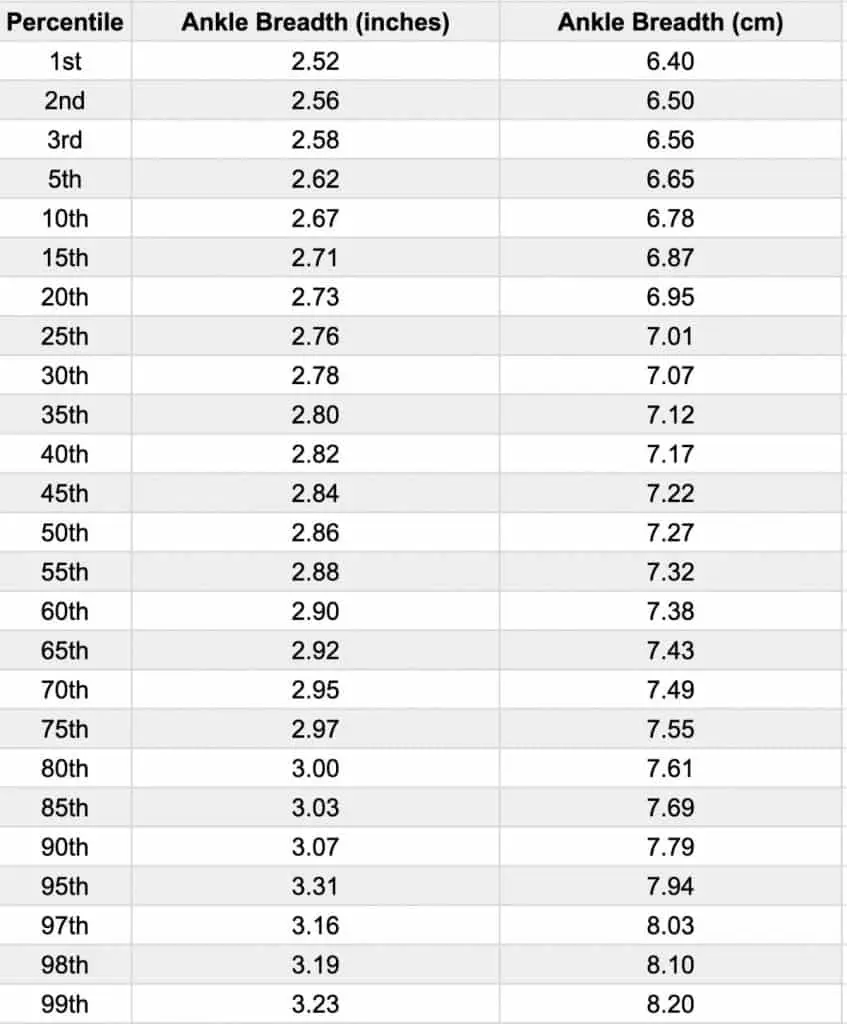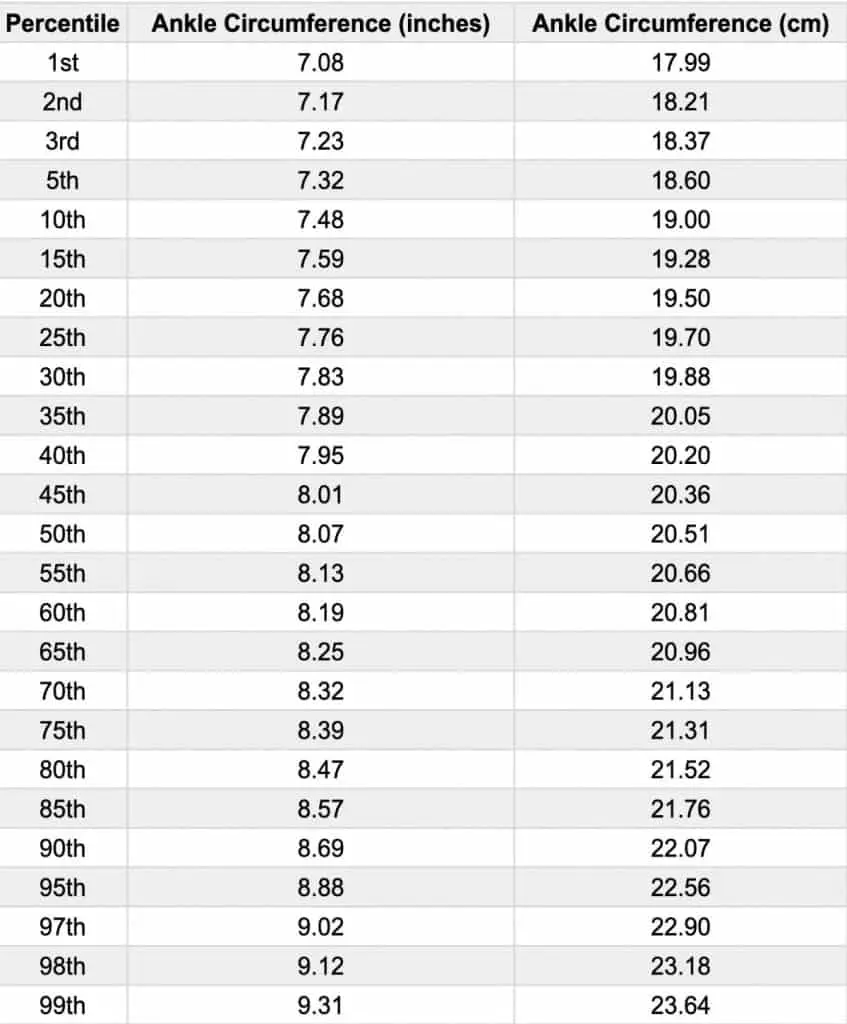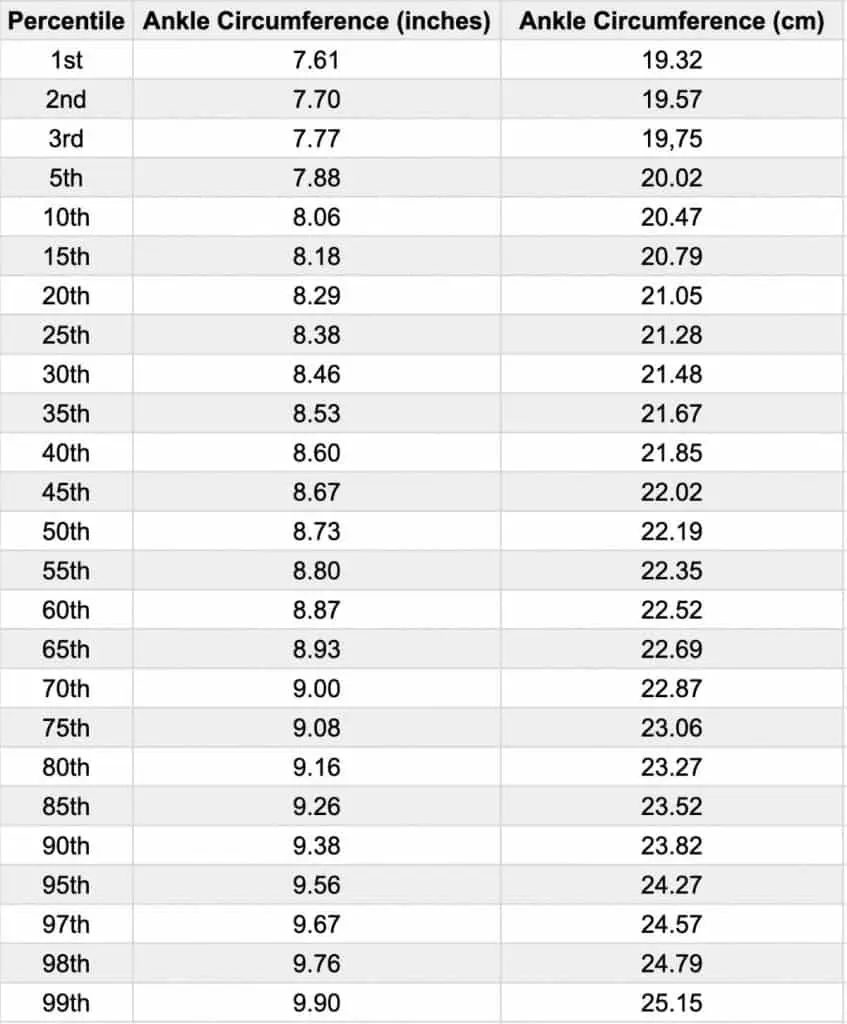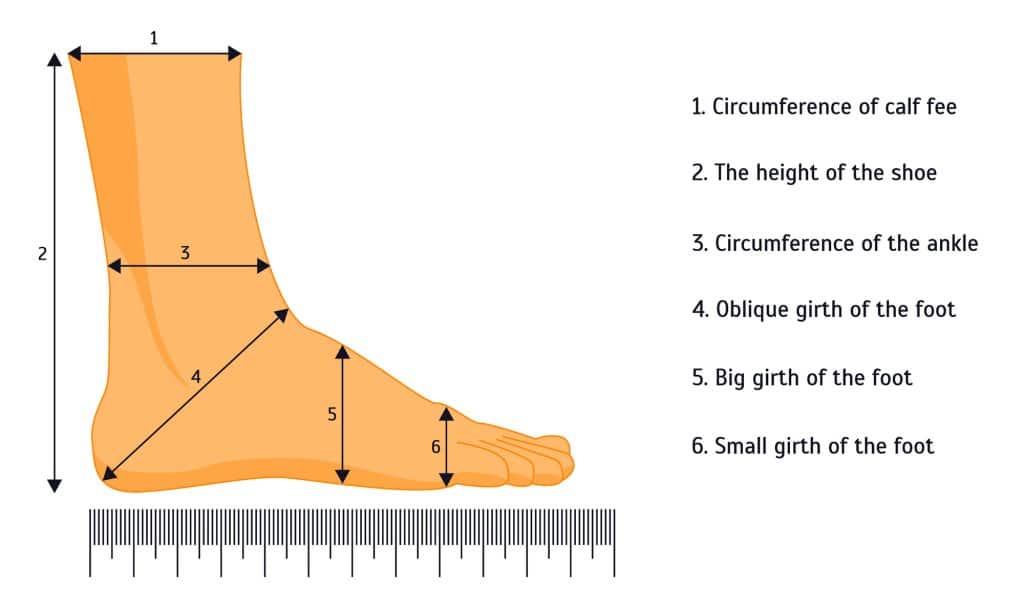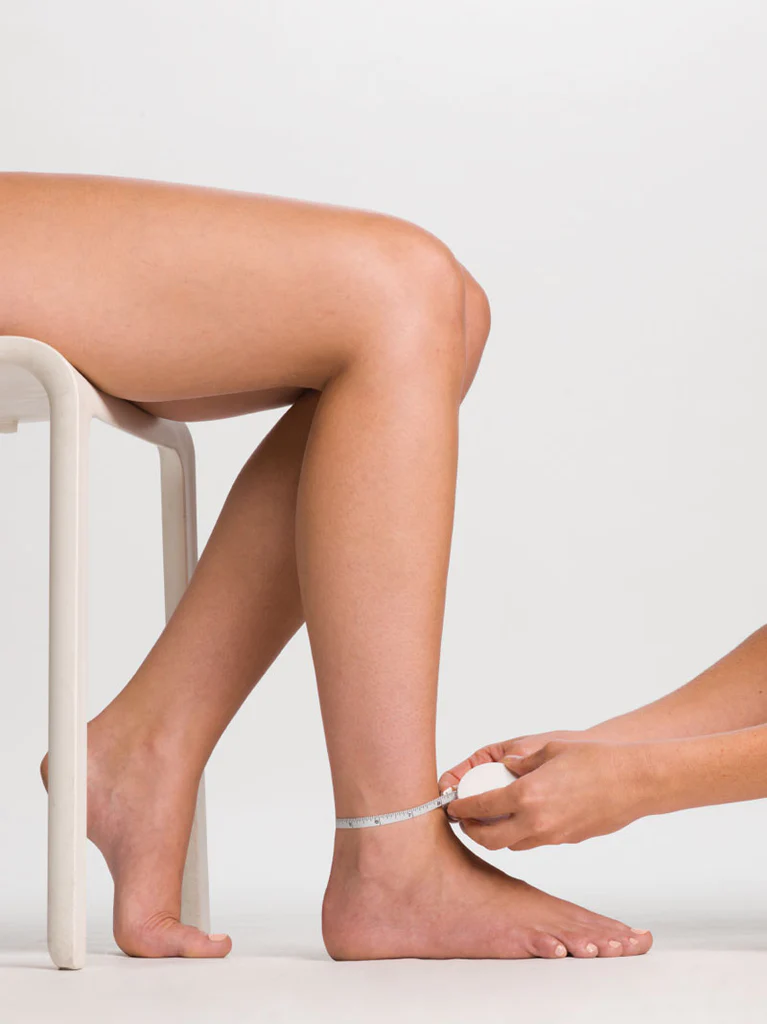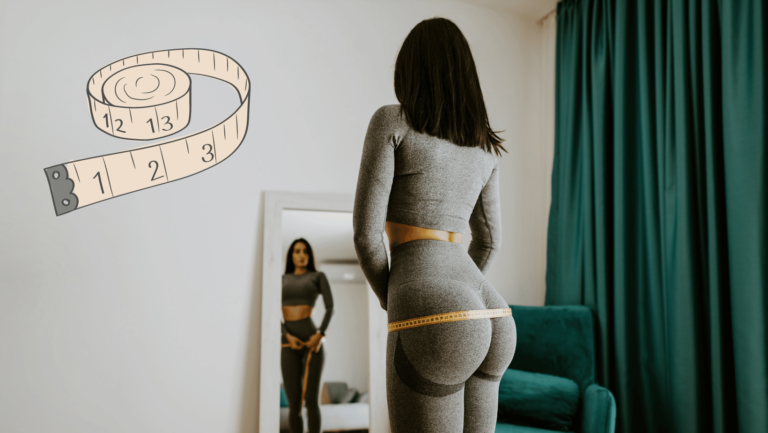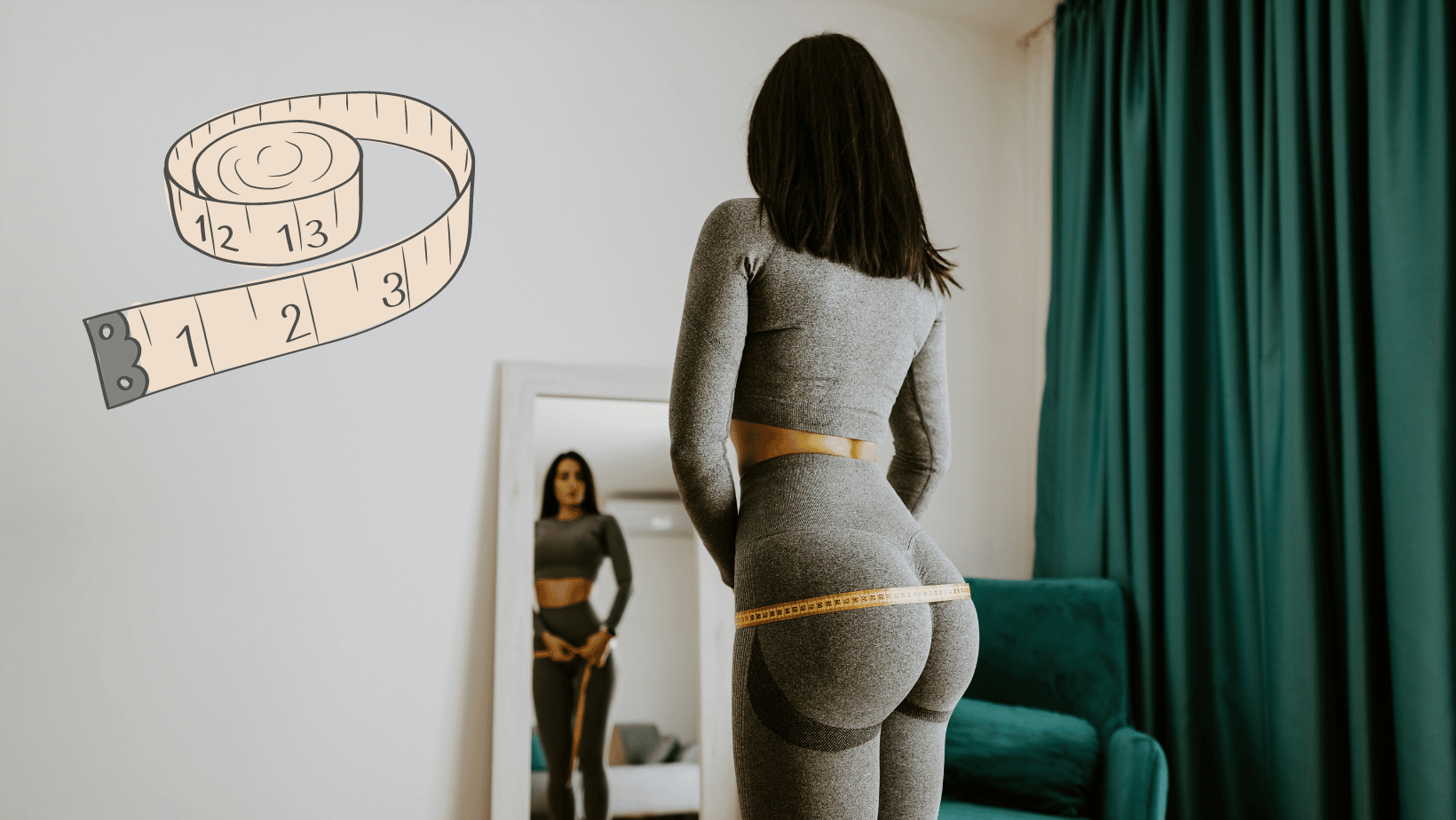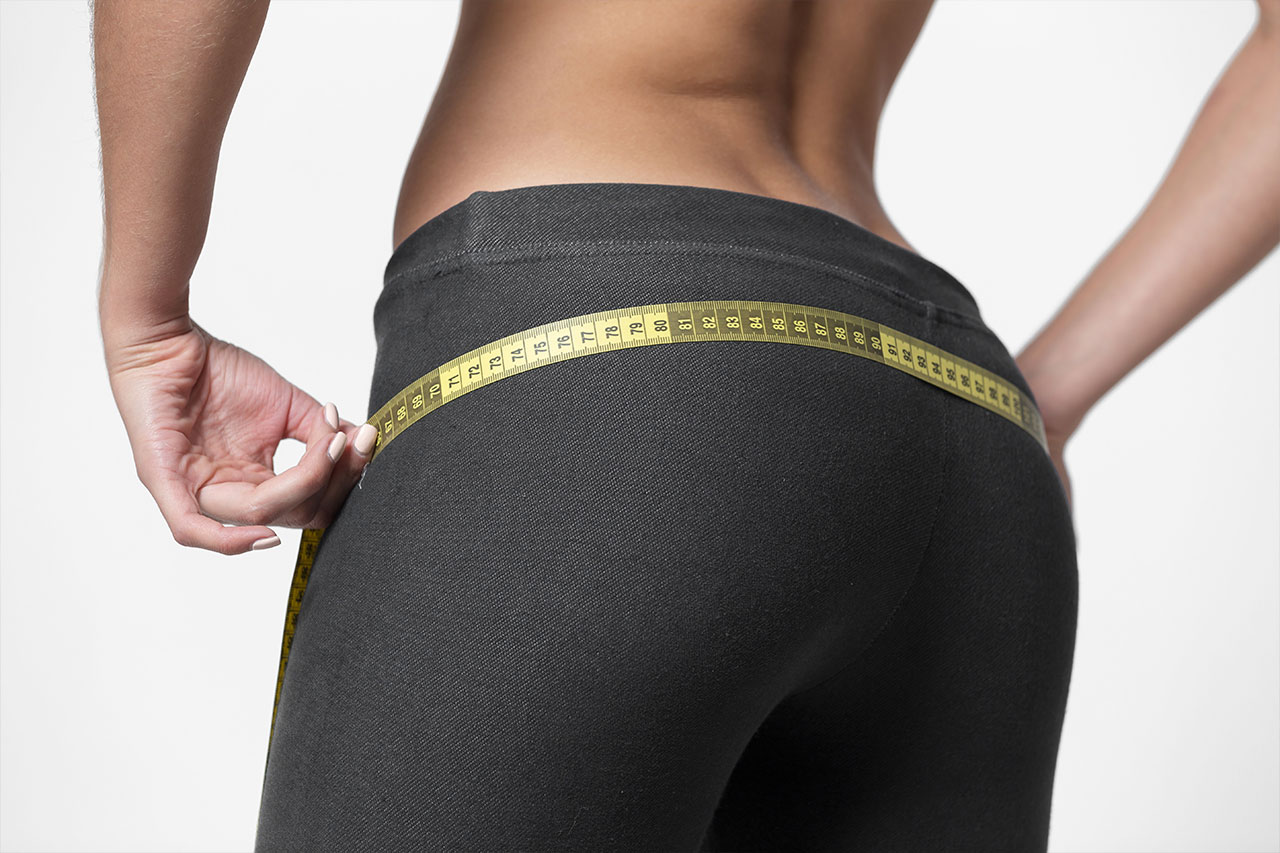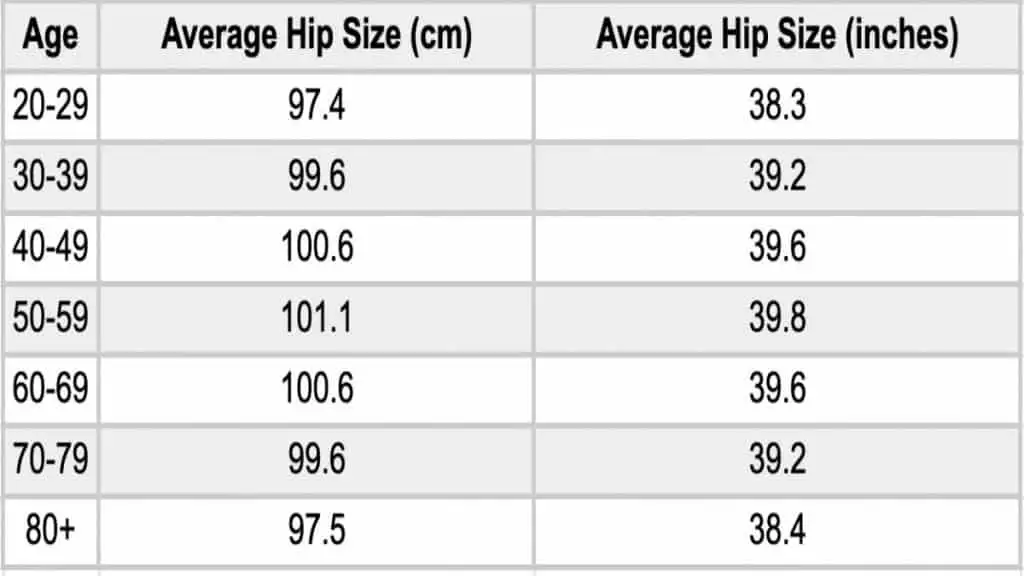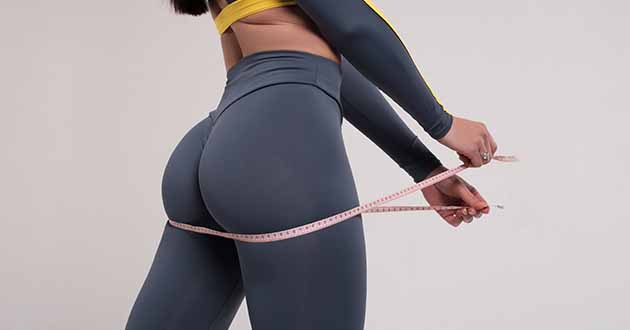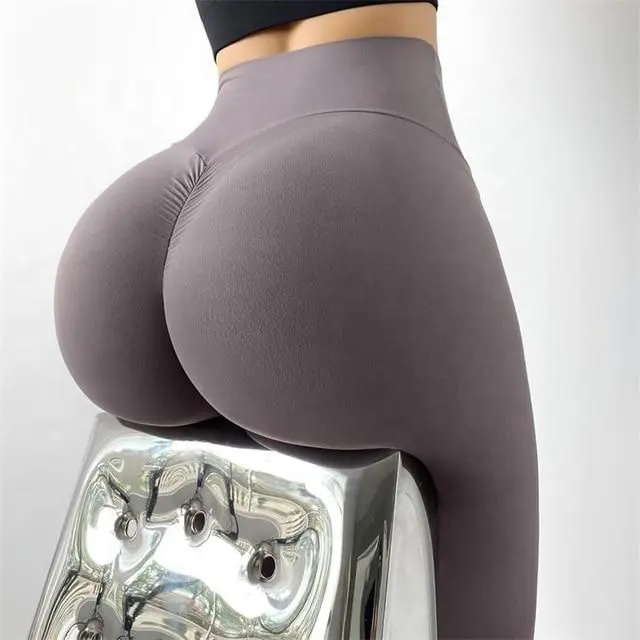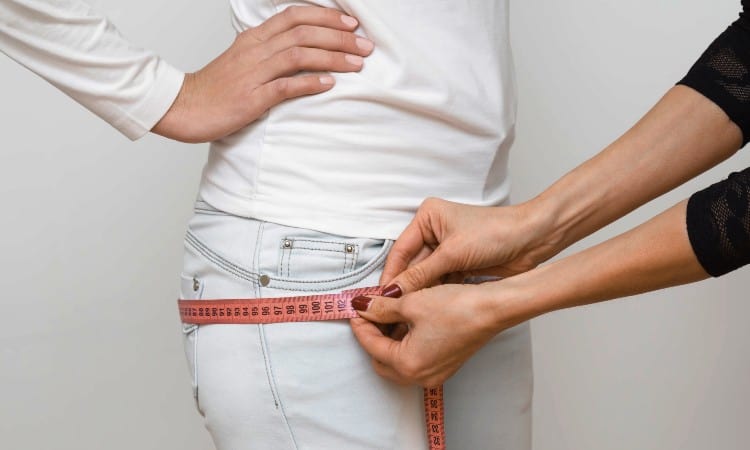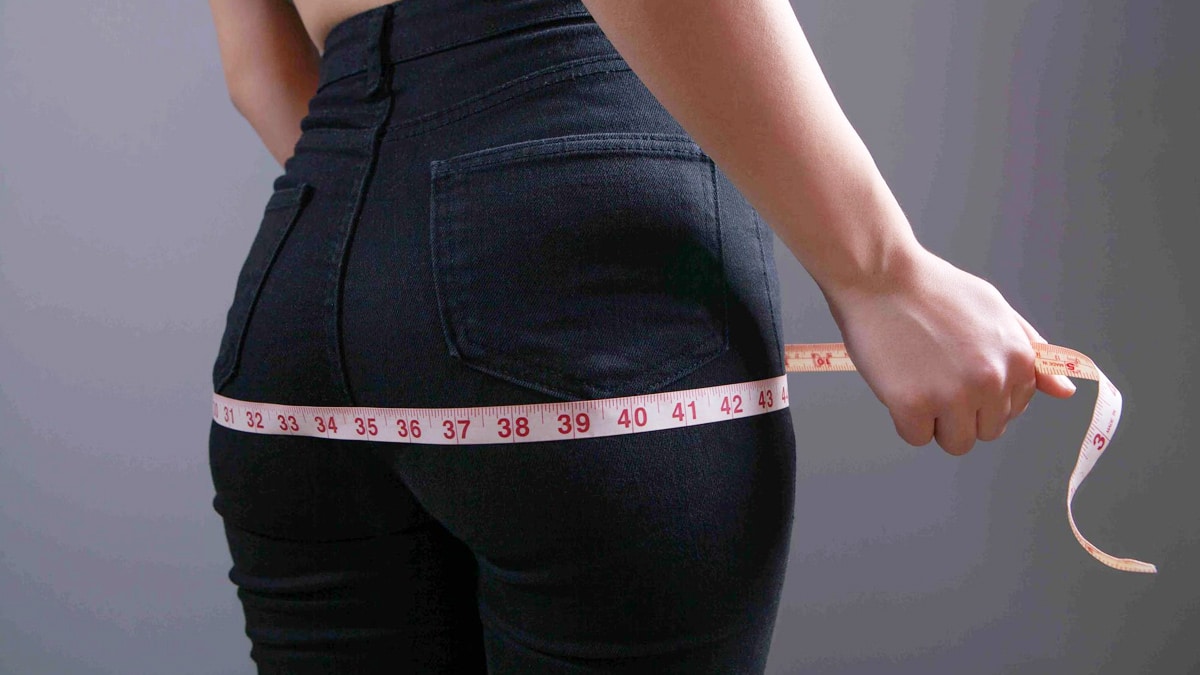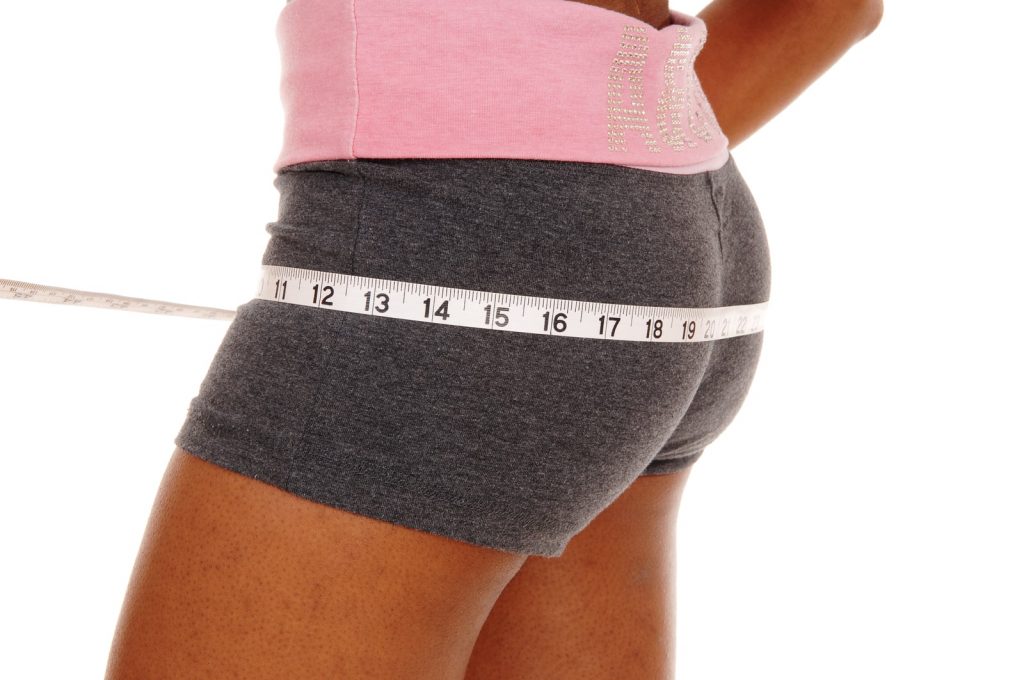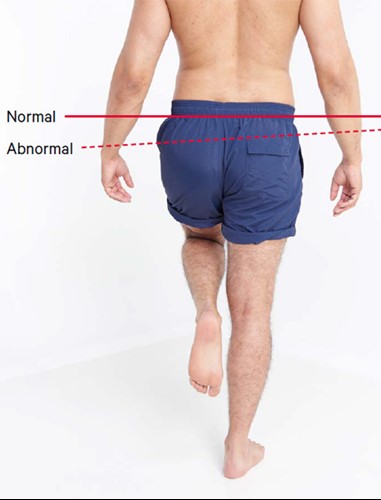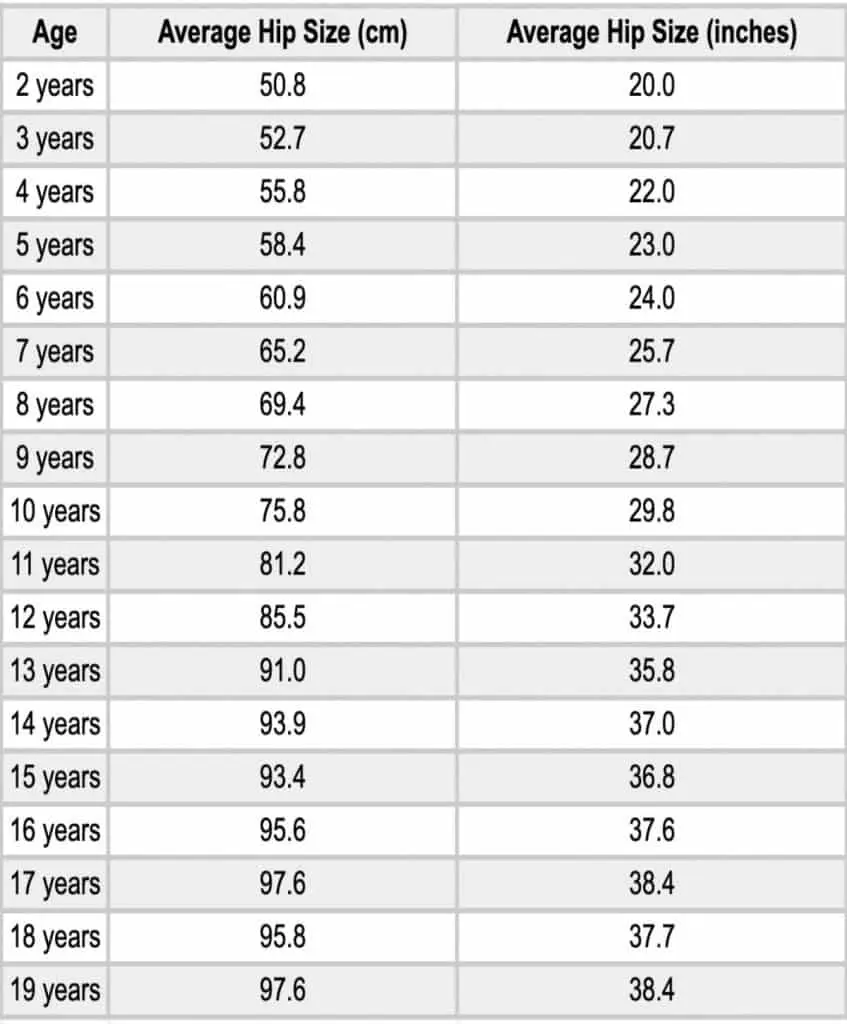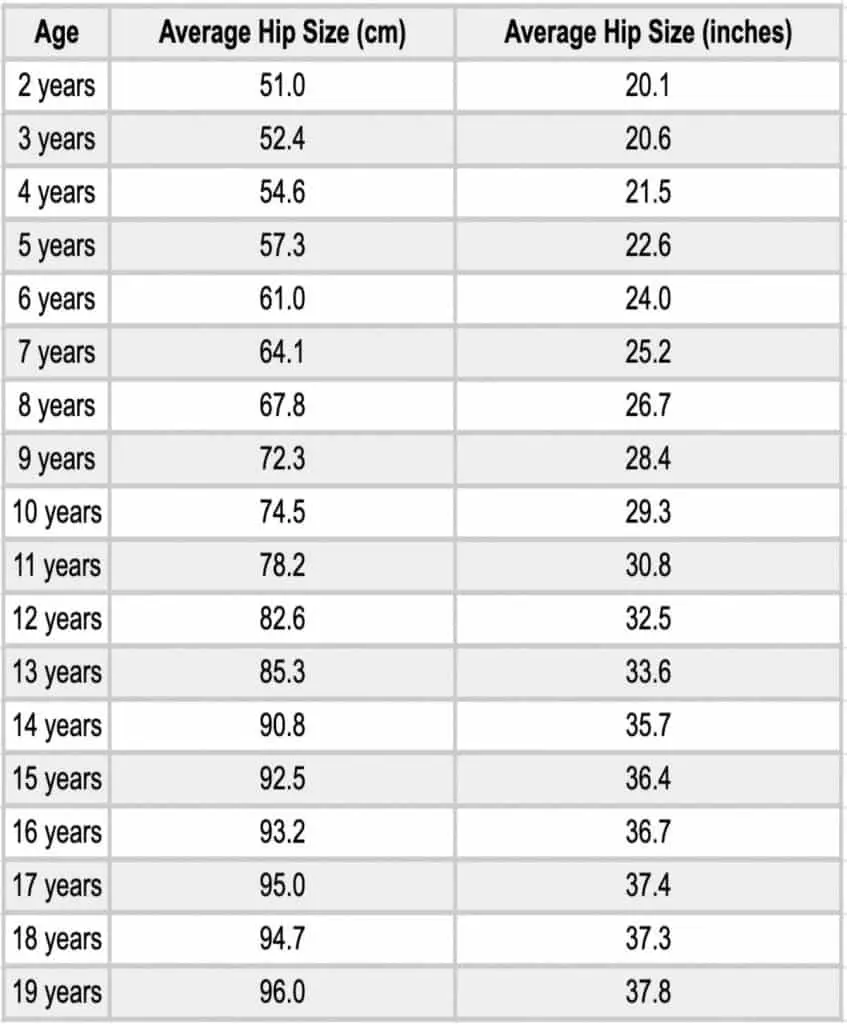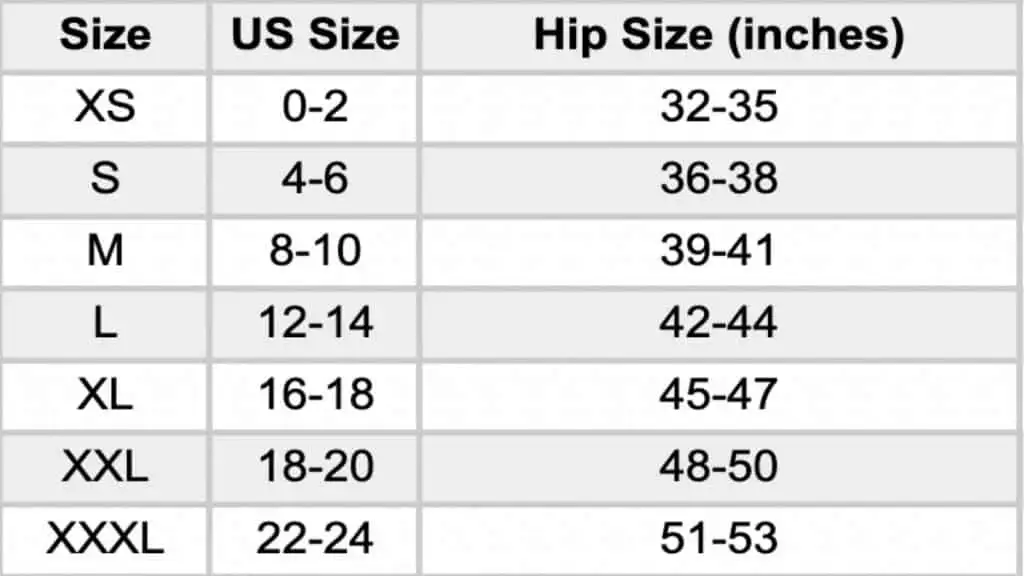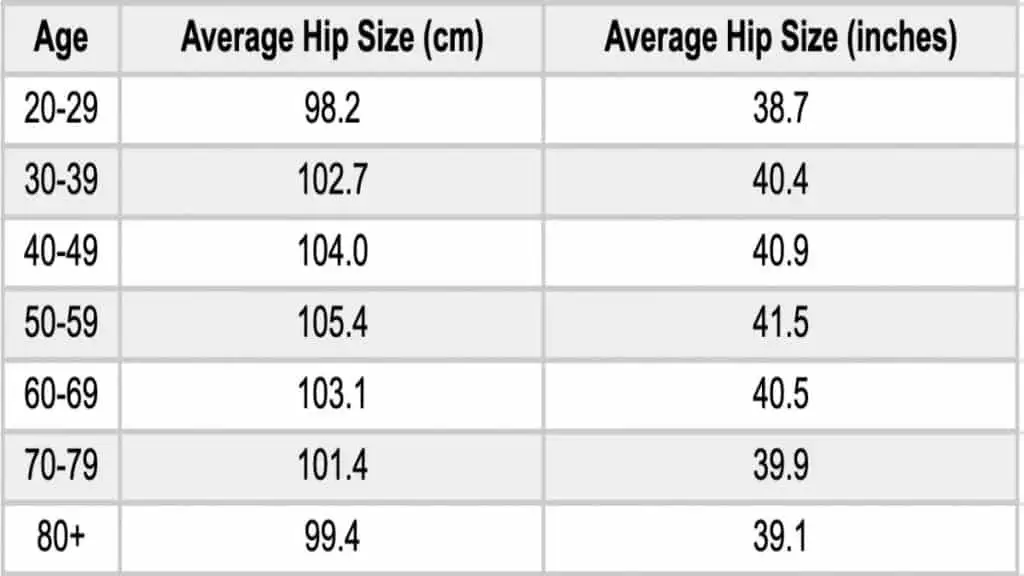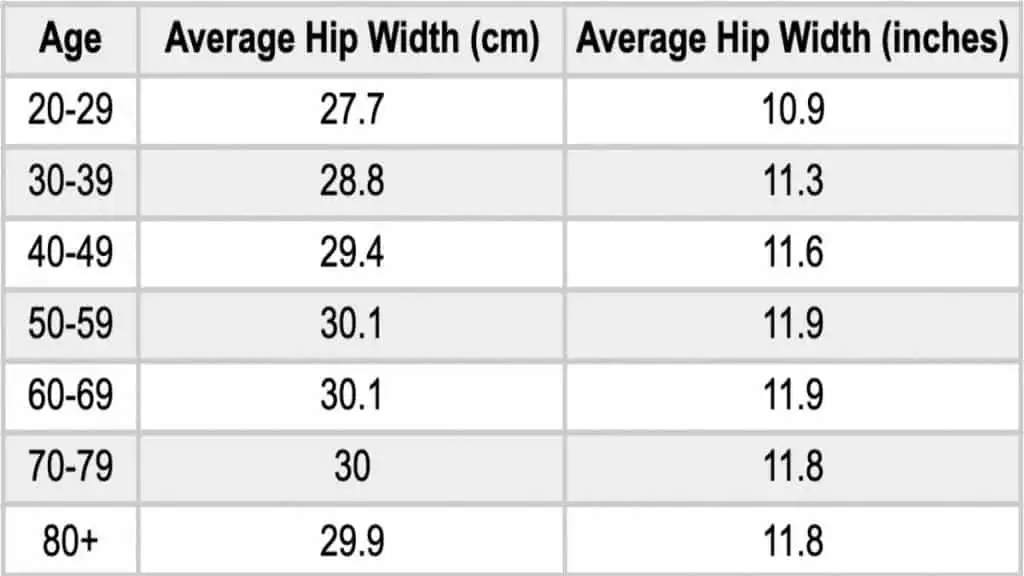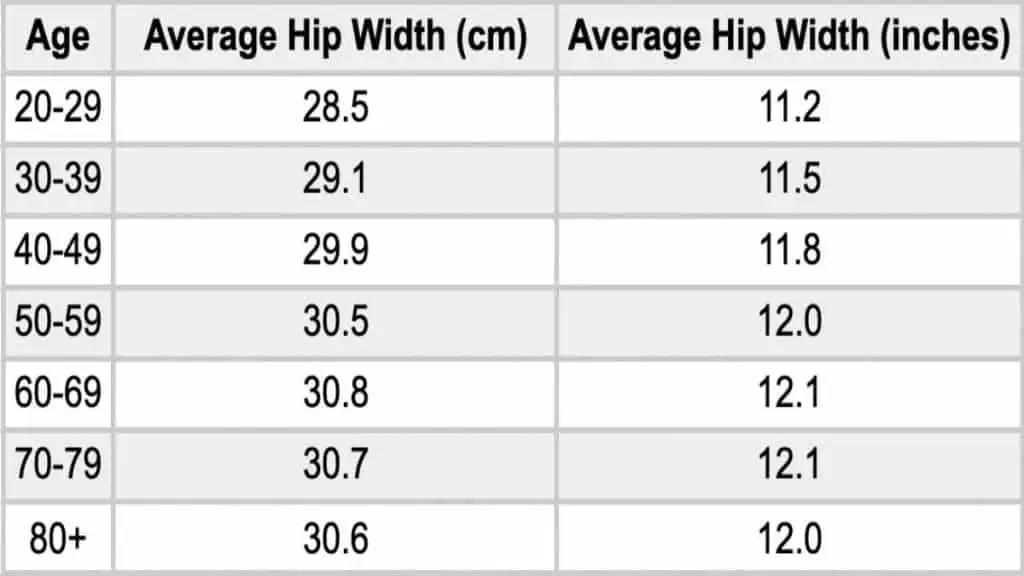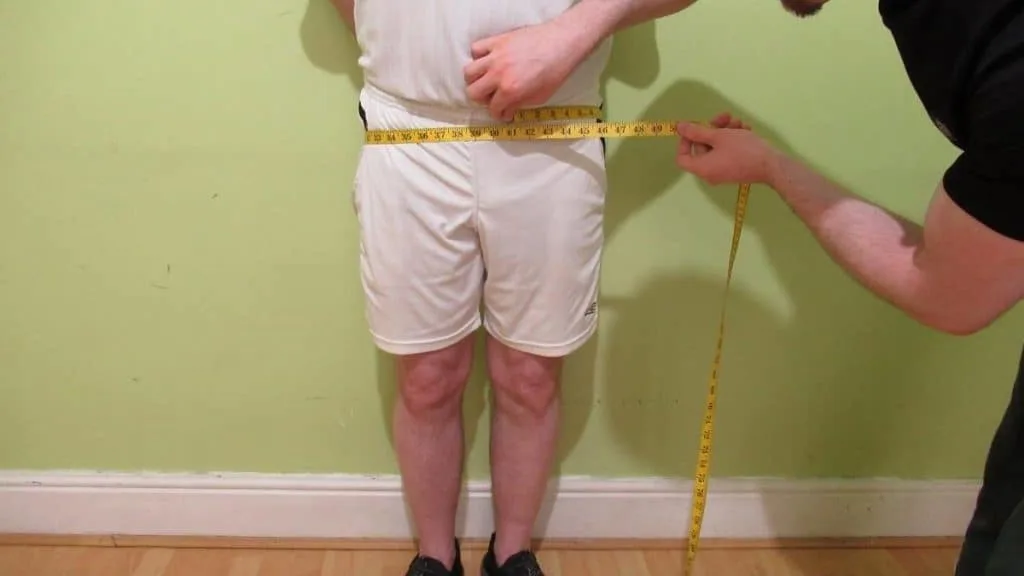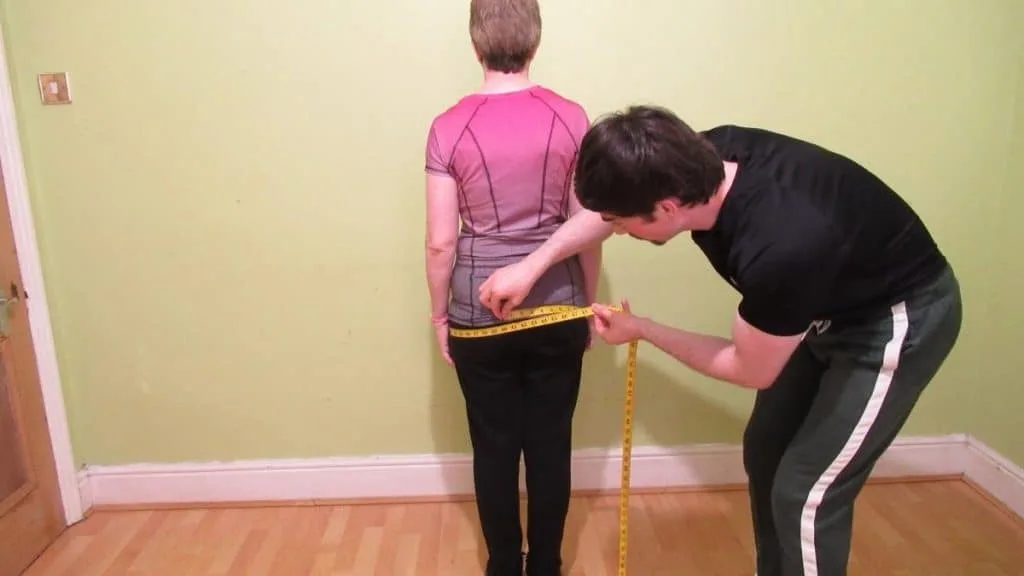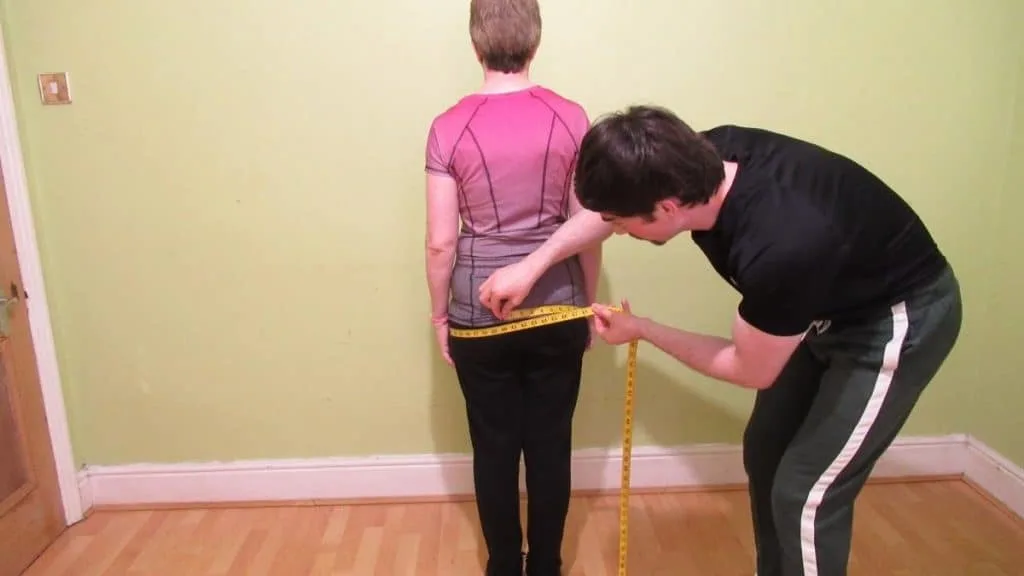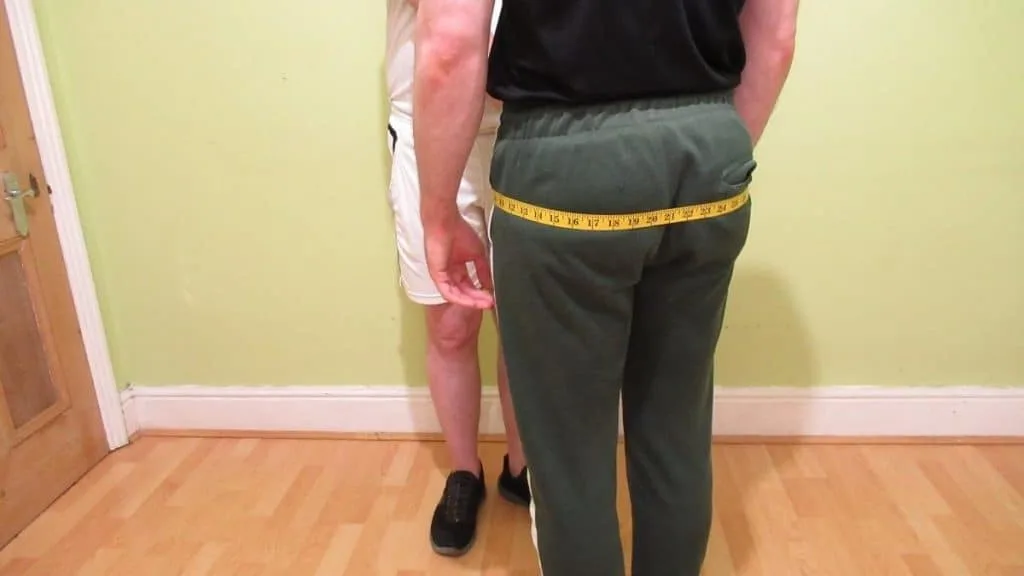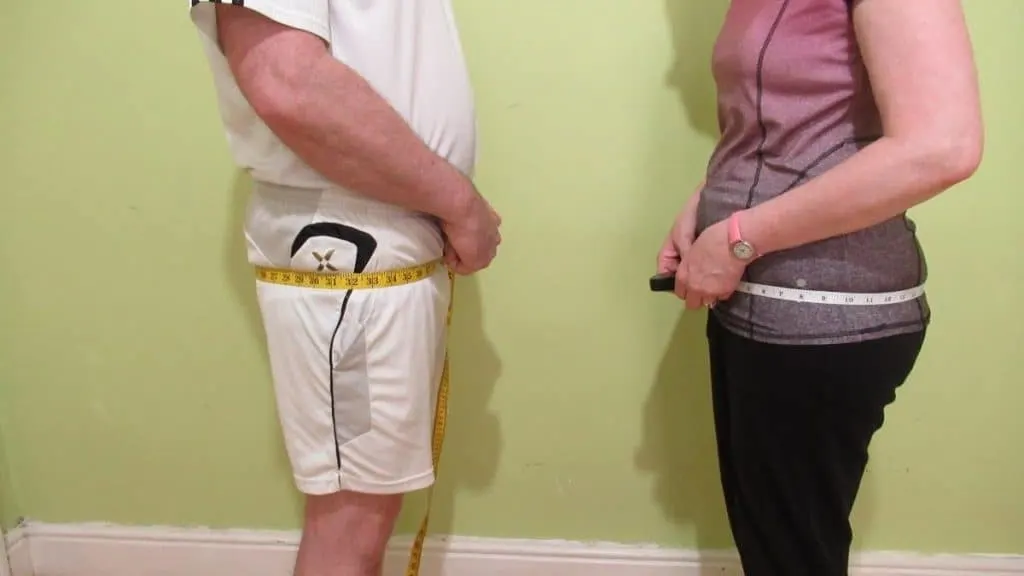Welcome to the perfect resource for discovering the average wrist size among men, women, and teenagers. In our pursuit of providing you with the most precise information, we extensively analyzed a vast array of data. Our investigation involved a thorough examination of surveys, polls, scientific reports, and anthropometric research, all aimed at presenting you with the most reliable insights into average wrist circumference. Moreover, we will delve into how this measurement relates to your age, height, and body frame size.

As you continue reading, we will also guide you through various techniques for determining your own wrist size using different measuring tools. This knowledge will prove invaluable when you are in the market for a new watch or bracelet or if you simply wish to ascertain your body frame size accurately. By the end of this comprehensive resource, you will be equipped with the knowledge needed to confidently understand and measure wrist sizes.
Related Measurement Guides:
What is the average wrist size for a woman?
Well, on average, a woman’s wrist measures about 6.5 to 7 inches in circumference. To find this information, experts have studied many women’s wrist measurements, collecting data to determine the average size.
When it comes to wrist size, it’s essential to consider factors like age, height, and body frame. These factors can influence the average size, as individuals vary in their physical characteristics.
To measure your own wrist size, you can use a measuring tape or a piece of string. Wrap it around your wrist, just below the wrist bone, and note the measurement. This will help you determine your size of the wristaccurately, which is helpful when shopping for watches or bracelets.

Additionally, knowing your body frame size can provide further insights. Body frame size refers to the overall size of your bones, and it can be categorized as small, medium, or large. This classification can help you understand how your wrist size relates to your overall body size.
Remember, everyone’s wrists are unique, and individual measurements may vary. By understanding the average size of the wristfor women and considering other factors like age, height, and body frame, you can gain a better understanding of how your own wrist size fits within the spectrum.
What is the average male wrist size?
Based on anthropometric data collected from Marine Corps personnel in the United States, the average size of a man’s wrist is approximately 6.85 inches (17.39 cm). To provide a more detailed breakdown, this measurement converts to approximately 174 mm in millimeters. The report encompassed the wrist circumference of 4447 men, ensuring a reliable representation.
These findings align consistently with more recent research. In fact, a study conducted by the U.S. Army Natick Soldier Systems Center in 2017 published anthropometric data, which indicated an average male wrist circumference of 172 mm, equivalent to 17.2 cm or 6.77 inches.

Furthermore, a poll conducted in 2018 on the Time Factors watch forum surveyed 175 men, revealing an average male wrist size of 6.75 inches. Once again, this result harmonizes with the aforementioned U.S. data, suggesting that most men possess wrists that measure slightly under 7 inches in circumference.
These multiple sources of data substantiate the average male wrist size, providing a comprehensive understanding of typical wrist measurements among men.
What is the average wrist circumference for a teenage girl?
The average wrist circumference of teenage girls varies significantly depending on their age. Older girls generally have thicker wrists compared to younger girls, which is not surprising. The data presented below, obtained from the Statistical Society of Canada’s Census at School project, provides a breakdown of wrist measurements by age. These measurements are reasonably representative of teenagers in general and hold relevance in other Western countries as well.
Compare Your Wrist Circumference:
- 2 inch wrist
- 4 inch wrist
- 5 inch wrist
- 6 inch wrist
- 7 inch wrist
- 8 inch wrist
- 9 inch wrist
- 10 inch wrist

- For 13-year-old girls, the average wrist measurement is 5.97 inches (15.17 cm).
- At 14 years of age, the average wrist size for girls is exactly 6 inches (15.25 cm).
- When it comes to 15-year-old and 16-year-old girls, the normal wrist size was found to be 6.03 inches (15.32 cm), remaining consistent across both age groups.
- For 17-year-old girls, the average wrist circumference is 6.09 inches (15.49 cm).
- Lastly, for 18-year-old girls, the average wrist measurement is approximately 5.97 inches (15.18 cm).
By referring to the wrist measurement chart, we can observe that the wrist thickness of teenage girls tends to stabilize around the age of 14, which aligns with the conclusion of their pubertal period.
What is the average wrist circumference for a teenage boy?
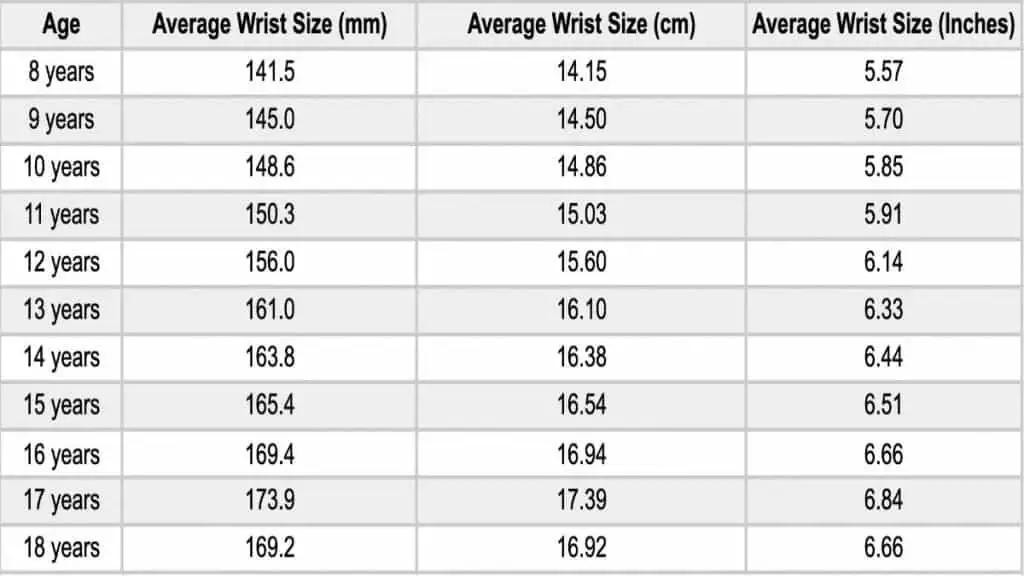
As depicted in the above wrist circumference chart, the wrist size of teenage boys generally tends to increase with age, unlike girls whose wrist size levels off around the age of 14.
It’s important to note that this data is sourced from a reliable Canadian Census at School report, which has consistently provided accurate information. Similar measurements can be found in other anthropometric datasets, including the wrist circumference data for Turkish children and adolescents.
Here are the average wrist measurements in centimeters and inches for male teenagers:
- At the age of 13, the average wrist girth for boys is approximately 16.10 cm or 6.33 inches.
- For 14-year-old boys, the average wrist size measures around 16.38 cm or 6.44 inches.
- A 15-year-old boy typically has a wrist size of approximately 16.54 cm or 6.51 inches.
- The average wrist circumference for a 16-year-old boy is about 16.94 cm or 6.66 inches.
- At the age of 17, the average wrist measurement for boys is approximately 17.39 cm or 6.84 inches.
- Lastly, an 18-year-old male typically has a wrist size of 16.92 cm or 6.66 inches.
What is the average wrist width and diameter?

The CDC’s Vital and Health Statistics report provides valuable anthropometric data on wrist dimensions in the United States. The report reveals that the average wrist width for men is approximately 5.9 cm (2.28 inches), while for women, it is around 5.2 cm (2.04 inches). These measurements are based on wrist breadth, which is commonly referred to as wrist span or wrist diameter. The data was collected from a sample of 7,501 men and 8,162 women who were 20 years of age or older.
An intriguing observation is that the average wrist diameter tends to exhibit a slight increase as individuals grow older, regardless of gender. For instance, women in the 20-29 age group exhibit an average wrist diameter of 5 cm, whereas women aged 80 and above possess an average wrist width of 5.4 cm. This indicates an approximately 8% size difference between the two age groups.
These findings provide insights into the variations in wrist dimensions among different demographic segments and highlight the influence of age on wrist size.
Women’s wrist size chart
The wrist size chart provided here is specifically designed for women and relies on the measurement of wrist girth using tape. Its purpose is to assist you in determining whether your wrists fall into the small, medium, or large category based on their circumference.

It is important to consider that these measurements are intended for women who have a relatively average height. If you happen to be significantly shorter or taller than the average height range, it is possible that your wrists may deviate from the indicated sizes. However, this does not necessarily imply any abnormality, as it could simply be a natural variation resulting from your unique body proportions.
By taking into account your wrist size in relation to the wrist size chart, you can gain a better understanding of how your wrists compare to the general population. This information can be useful when selecting appropriately sized accessories, such as watches or bracelets, that complement your wrist dimensions.
Men’s wrist size chart
The creation of this men’s wrist size chart involved extensive research, incorporating data from various sources such as published anthropometric studies and trusted health authorities. By utilizing this comprehensive data, the chart aims to assist men in determining their wrist size accurately. This information, in turn, provides valuable insights into an individual’s frame size.

By consulting this wrist sizing chart, men can identify whether their wrists fall into the small, medium, large, or extra-large categories. The chart serves as a reliable tool to determine wrist size and, subsequently, offers a better understanding of one’s overall body structure.
It is important to note that wrist size plays a significant role in assessing an individual’s frame size. Frame size refers to the relative bone mass and structure within the body. By considering wrist size, alongside other factors such as height and weight, individuals can gain insights into their body composition and make informed decisions regarding their health and fitness goals.
How to measure your wrist size (5 ways)

If you’re interested in discovering the method for determining your wrist size, whether it’s for a new watch, a bracelet, or simply to know your wrist circumference, you’ve come to the right spot.
In this section, we will guide you through various tools and techniques to help you accurately measure your wrist size. Regardless of the measuring equipment you have on hand, you will be able to determine the circumference of your wrists with ease and precision.
How to measure your wrist circumference with a tape measure?
To measure your wrist circumference using a tape measure, follow these simple steps:
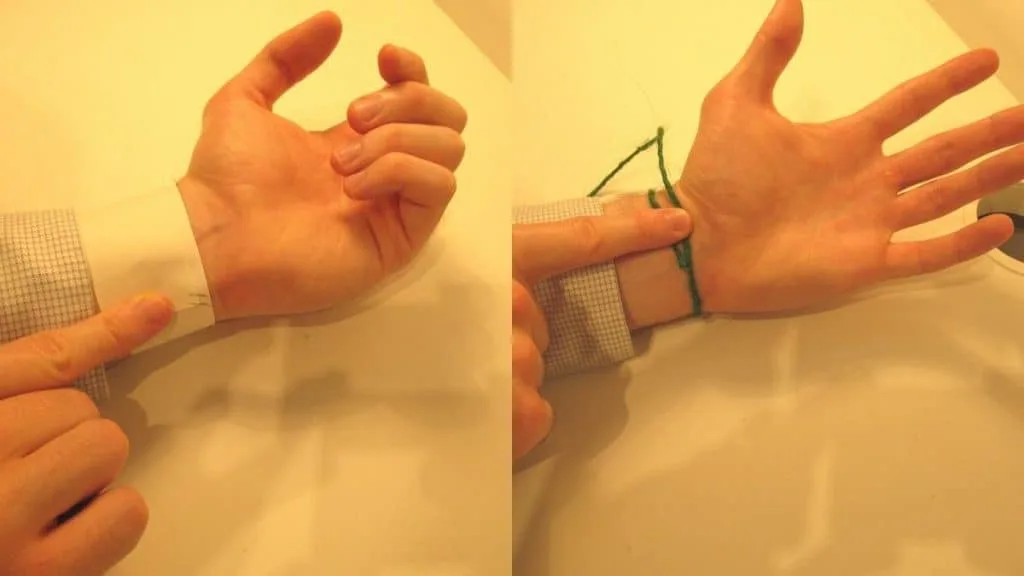
- Find a flexible tape measure. It should be long enough to wrap around your wrist comfortably.
- Wrap the tape measure around your wrist. Start by placing the beginning of the tape measure at the base of your hand, just below the knobby bone.
- Pull the tape measure snugly around your wrist. Make sure it is not too tight or too loose.
- Look at the number where the tape measure overlaps. This number represents your wrist circumference.
- Write down the measurement or remember it for later use.
- If you want to compare your wrist circumference to standard sizing, consult a sizing chart. This will help you determine if your wrist falls into the small, medium, or large category.
Remember, it’s important to measure your wrist accurately to ensure a proper fit for bracelets, watches, and other accessories. If you’re unsure about the measurement, it’s always a good idea to double-check or ask for assistance.
How to measure your wrist size without a tape measure?
If you don’t have a tape measure, don’t worry! You can still measure your wrist size using simple things you may have around. Here’s how:
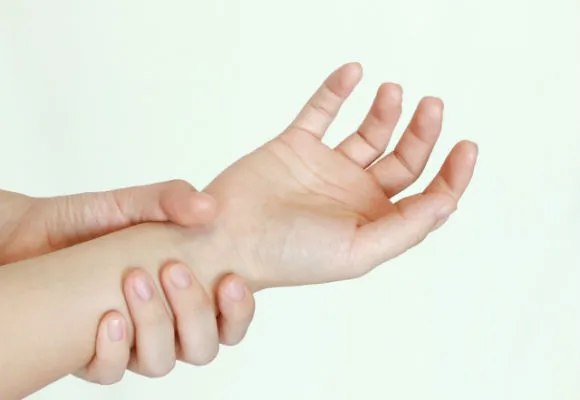
- Find a piece of string or a strip of paper.
- Wrap it snugly around your wrist, just below the wrist bone.
- Mark the point where the string or paper overlaps.
- Carefully remove the string or paper from your wrist.
- Now, measure the length between the end and the marked point.
- Take a ruler or any other straight object with known measurements.
- Place the string or paper along the ruler and read the length.
- That’s your wrist size!
Remember to keep the string or paper snug but not too tight. You want an accurate measurement, but it shouldn’t be uncomfortable.
Using these simple steps, you can easily measure the size of the wrist without a tape measure. It’s a quick and easy way to determine the right size for bracelets, watches, or other wrist accessories.
How to measure your wrist with your fingers (wrist girth test)?

To measure your wrist using your fingers, follow these simple steps:
- Take your hand and extend your fingers outward as if you’re about to give someone a high-five.
- Place the thumb of your other hand on the inside of your wrist where it meets your hand.
- Use your other four fingers to wrap around your wrist until they touch the thumb.
- Take note of where your fingers meet or overlap on your wrist.
- Gently remove your fingers from your wrist, keeping them in the same position.
- Use a flexible measuring tape or a piece of string to measure the length from the start of your fingers to the point where they meet on your wrist.
- Write down the measurement in inches or centimeters.
Remember that this wrist girth test gives you an estimation of your wrist size, which can be helpful for selecting bracelets, watches, or other accessories. It’s a simple and convenient method that can be done anywhere, anytime. However, for precise measurements, you may consider using a measuring tape specifically designed for wrist measurements.
How to measure your wrist width?
To measure your wrist width, you can follow these simple steps. First, get a flexible measuring tape. If you don’t have one, a strip of paper or string will do. Wrap the measuring tape or paper around your wrist, just above the bony prominence. Make sure it’s snug but not too tight. If you’re using paper or string, mark the spot where it overlaps and then measure the length with a ruler.
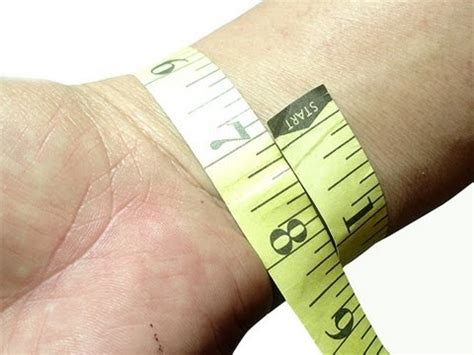
Next, note down the measurement in either inches or centimeters. You can convert it later if needed.
After that, compare your measurement to the size of the wrist chart. You can find these charts online or in jewelry stores. They usually provide a range of wrist sizes and corresponding bracelet or watch sizes. This will help you determine your wrist width category, such as small, medium, or large.
It’s important to remember that wrist width can vary from person to person, so it’s always good to try on different sizes to see what feels comfortable for you.
By following these steps, you can easily measure your wrist width and find the right-sized accessories for your wrist.
Selecting a good wrist measurement tool
When choosing a wrist measurement tool, there are a few things to keep in mind. First, it’s important to find one that is easy to use. Look for a tool that has simple instructions and doesn’t require any complicated steps. This way, you can measure your wrist without any trouble.
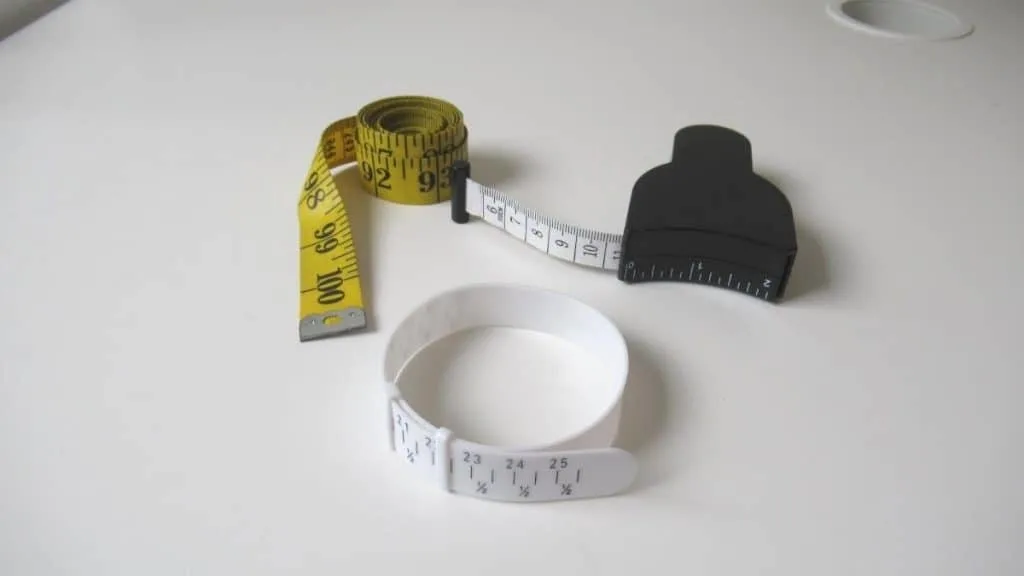
Next, consider the accuracy of the tool. You want to make sure that the measurements it provides are precise. Look for a tool that has been tested and proven to be accurate.
Another factor to consider is the durability of the tool. You want something that will last and not break easily. Look for a tool made of sturdy materials that can withstand regular use.
Additionally, it’s important to find a wrist measurement tool that is adjustable. This way, you can customize it to fit your size of the wrist perfectly. Look for a tool with adjustable straps or bands.
Lastly, consider the price of the tool. You don’t want to overspend on something that you can get for a lower price. Compare prices and choose a tool that offers good value for your money.
To sum up, when selecting a wrist measurement tool, look for something easy to use, accurate, durable, adjustable, and reasonably priced.
Wrist measurement FAQ
Acquire comprehensive knowledge about wrist measurements by exploring this informative FAQ and wrist size guide.
What is the average male wrist size by height?
The average male wrist size varies based on height. Taller men generally tend to have larger wrists compared to shorter men. Height influences the overall body proportions, including wrist size.
For example, a man who is taller may have a size of the wrist that is larger than a man who is shorter. However, it is important to note that individual differences exist, and not all men of the same height will have the exact same wrist size.
Additionally, genetics and body composition can also affect the size of the wrist.
It is challenging to provide specific measurements for each height category due to these variations. Therefore, it is best to focus on individual wrist measurements rather than relying solely on height for determining average male wrist size.
To sum up, measuring the wrist directly is the most accurate way to determine an individual’s wrist size, regardless of height.
What is the average female wrist size by height?
The average female wrist size can vary based on height. Taller women tend to have slightly larger wrists compared to shorter women. However, it is important to note that the size of the wrist can differ among individuals, so these are just general observations.
Additionally, genetics and body composition can also play a role in determining the size of the wrist. For example, some women may have smaller or larger wrists than average due to their genetic makeup or bone structure. It is essential to focus on overall health and well-being rather than getting fixated on specific body measurements.
Remember, everyone is unique, and there is no ideal size for the wrist. Instead of worrying about the size of the wrist, it is more important to embrace and celebrate our individuality. So, let’s appreciate our bodies and focus on staying healthy and happy.
What is the average wrist size by age?
Wrist size can vary based on age. As we grow, our bodies change, including our wrists. On average, children aged 6 to 12 years have smaller wrists compared to teenagers and adults. Transitioning into the teenage years, the size of the wrist tends to increase. During adulthood, the size of the wrist generally stabilizes.
It’s important to note that individual differences exist, and the size of the wrist can vary from person to person, even within the same age group. Factors like genetics, nutrition, and overall health can also influence the size of the wrist.
To measure your wrist size, you can use a measuring tape or a piece of string. Wrap it around your wrist, just above the bone, and note the measurement. This can give you an idea of the size of the wrist.
Remember, these are general trends, and individual variation is common. If you have concerns about your wrist size or any other health-related matters, it’s always best to consult a healthcare professional who can provide personalized advice.
What is the average wrist size in the UK?
In the UK, the average wrist size is not something that has been widely studied or reported. However, wrist sizes can vary from person to person. Some people may have smaller wrists, while others may have larger wrists.
It is important to note that the size of the wrist does not determine a person’s overall health or fitness level. If you are concerned about the size of the wrist or have any specific concerns, it is recommended to consult with a healthcare professional who can provide personalized advice. Remember, everyone’s body is unique, and it’s more important to focus on overall well-being rather than comparing yourself to others.
How does your wrist size affect your body frame?
Your wrist size can affect your body frame. If you have a small wrist, it usually means you have a smaller frame. On the other hand, if you have a large wrist, it usually means you have a larger frame. The size of the wrist is often used as an indicator of bone structure. People with larger frames tend to have more muscle mass and bone density, while those with smaller frames may have less muscle and thinner bones.
However, it’s important to remember that size of the wrist is just one factor and doesn’t determine everything about your body. Other factors like muscle mass, body fat percentage, and overall genetics also play a role in determining your body frame.
What is a small wrist size?
A small wrist size means having a little wrist. It is when your wrist is not big but rather on the smaller side. When your wrist is small, it means it is not very wide or thick. People with small wrists often have difficulty finding watches or bracelets that fit them properly.
They might need to look for options specifically made for smaller wrists. It’s important to find accessories that are comfortable and snug without being too tight. Remember, the small size of the wrist means having a little wrist that is not big but rather on the smaller side.
What is considered a medium wrist size?
Medium wrist size is when your wrist is neither too big nor too small. It’s just right in the middle. It means that your wrist is not too thick or too thin. Medium wrists are commonly found in people who have an average body size. They are neither too large nor too small. To determine if you have a medium size of wrist, you can measure the circumference of your wrist using a measuring tape.
If the size of the wrist falls within the average range, then it can be considered medium. It’s important to note that the size of the wrist can vary from person to person, so what is considered medium for one person may be different for another.
What is considered a large wrist circumference?
A large wrist circumference refers to the measurement around a person’s wrist that is bigger than average. To determine what is considered large, you can measure the width using a tape measure or a flexible ruler. Typically, a large wrist circumference is greater than 7.5 inches or about 19 centimeters.
However, it’s important to note that what is considered large may vary depending on factors like gender and body size. It’s always a good idea to consult a healthcare professional for accurate measurements and advice. Remember, keeping the size of the wrist in mind can be helpful when buying watches, bracelets, or other accessories to ensure a comfortable fit.
Is it good to have a normal wrist circumference?
Having a normal wrist circumference is generally considered good for several reasons. Firstly, it allows for comfortable movement and flexibility of the hand. A normal-sized wrist ensures that the hand can perform tasks without any restrictions or discomfort. Secondly, it helps with wearing accessories such as watches, bracelets, and bangles, as they are designed to fit wrists of average size.
Additionally, a normal wrist circumference promotes overall aesthetic balance, as overly large or small wrists may appear disproportionate. Moreover, it allows for better accuracy in measuring blood pressure, as cuff sizes are typically based on average wrist dimensions.
Therefore, having a normal wrist circumference is beneficial for everyday activities, fashion choices, and healthcare purposes.
Conclusion
In conclusion, understanding average wrist sizes among men, women, and teenagers is valuable when choosing accessories like watches and bracelets. The average size of the wrist for women is around 6.5 to 7 inches in circumference, while men typically have an average wrist size of approximately 6.85 inches. Teenage girls’ wrist sizes vary depending on their age, with older girls generally having thicker wrists. For teenage boys, the size of the wrist tends to increase with age.
Additionally, wrist width and diameter can also vary based on factors like age and gender. By accurately measuring the size of the wrist using various techniques, you can make informed decisions when selecting accessories. Remember, individual variations exist, and these averages provide general guidelines.
References
- CDC. (2021). Anthropometric Reference Data for Children and Adults: United States, 2015–2018. National Health Statistics Reports, 146. Retrieved from https://www.cdc.gov/nchs/data/nhsr/nhsr146-508.pdf
- Gu, Y., He, H., Dong, H., & Xu, X. (2017). Anthropometry of the Wrist: An Analysis of Anthropometric Data of Chinese Han Nationality. PLoS ONE, 12(1), e0170431. doi: 10.1371/journal.pone.0170431
- Ozturk, A., Atalay, Y., & Gultekin, V. (2005). Wrist Circumference: A New Technique for Estimating Fat-Free Body Mass and Analyzing Body Composition. The American Journal of the Medical Sciences, 330(4), 184-189. doi: 10.1097/00000441-200510000-00003
- Fozzard, H. A., Haber, E., & Jennings, R. B. (Eds.). (2015). The Heart and Cardiovascular System: Scientific Foundations (5th ed.). Lippincott Williams & Wilkins.





